
This year’s Olympics are now in full swing and it’s all eyes on the athletes.
From archery and shooting to athletics and gymnastics, there’s all kind of sports taking place across Paris, France, at the moment.
One fan-favorite sport to watch is the swimming, and this year there’s a whopping 854 athletes from 187 different countries competing.
But there’s a common theme you might have spotted with some of the swimmers and that’s the unusual dark red circles they have on their backs.
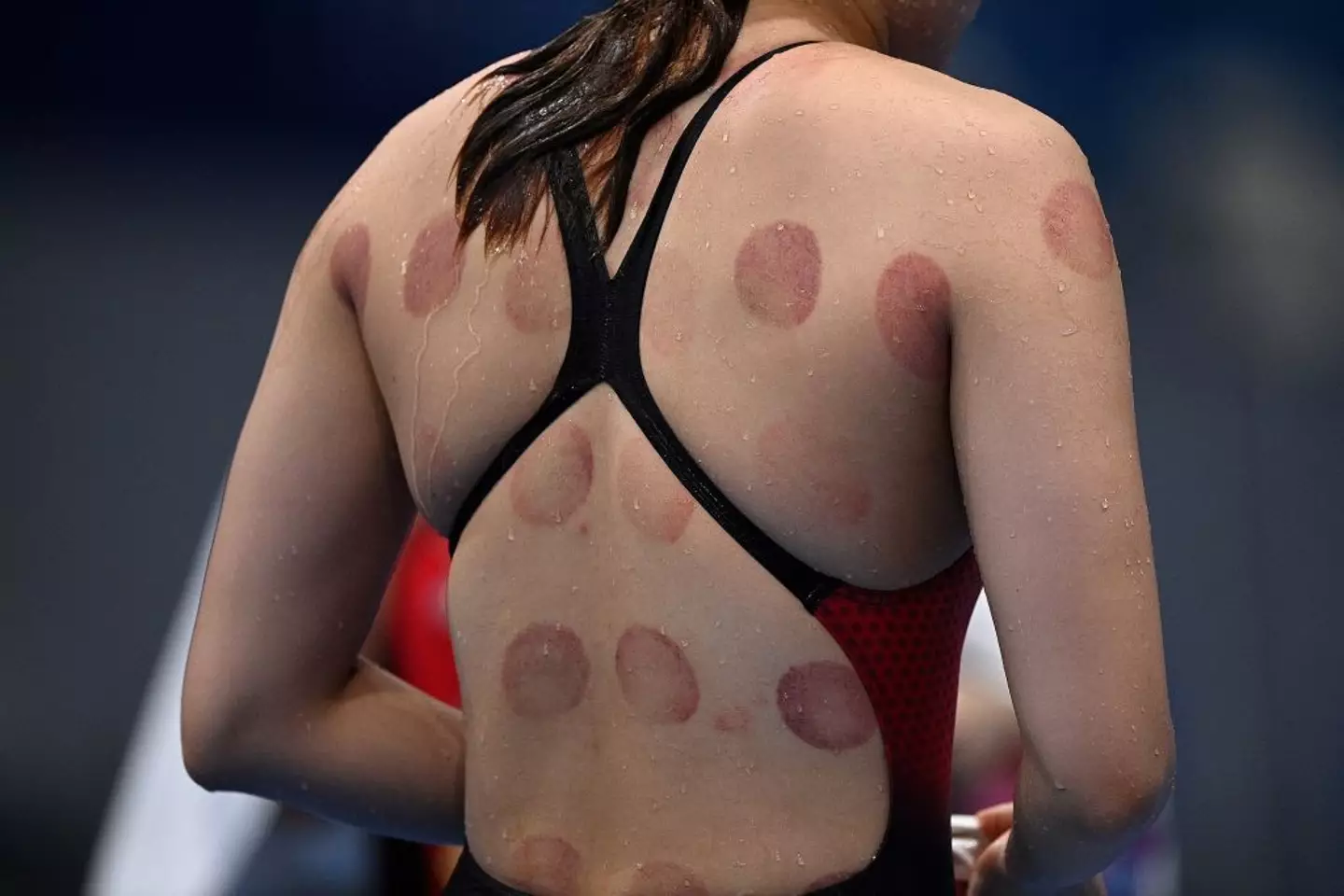
While it might look like they’ve had a fight with an octopus and lost, there’s a very different reason for the odd markings.
It turns out that the large spots are from cupping therapy – an ancient healing technique that involves placing cups on the skin to create suction and increase blood flow to the area.
The unconventional method is supposed to help with muscle recovery and is used as a type of deep tissue massage.
Some athletes were spotted with cupping therapy bruises back at the Rio Olympics in 2016, and it’s still seemingly popular now.
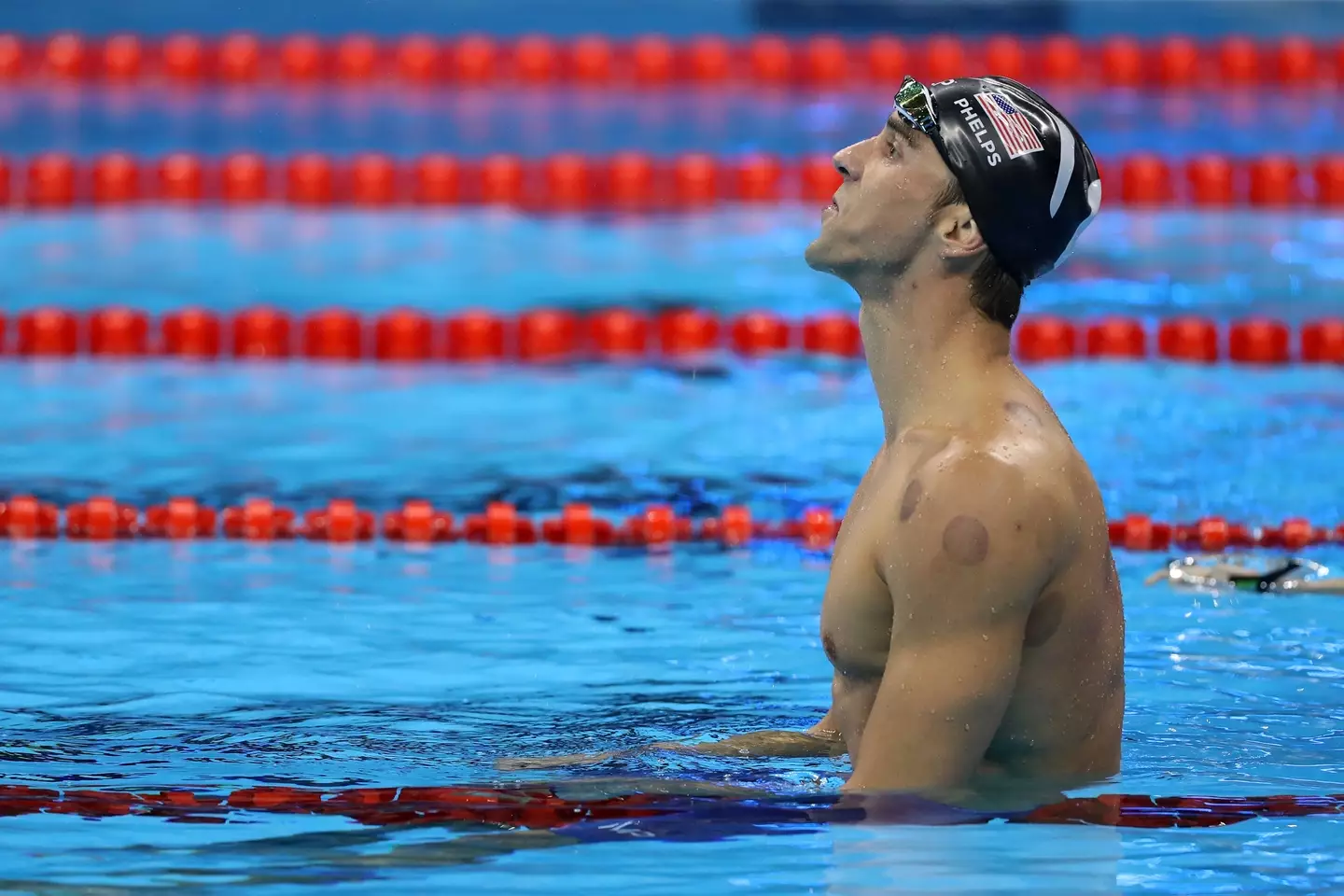
Gymnast Alexander Naddour told USA Today back in 2016 that cupping was supposedly the ‘secret’ to his health.
He added: “It’s been better than any money I’ve spent on anything else.”
Away from the Games, basketball player Kyle Singler has also praised cupping therapy.
“The bruises do look more intense than what they actually feel like, but the benefit from it is really great,” he previously insisted.
Singler continued to tell Sports Illustrated: “You’re not necessarily getting the immediate response that you might want but over time it does help with recovery and loosening tissue and stuff like that.”
But does cupping therapy actually work according to experts? It’s seems as if the jury’s still out.
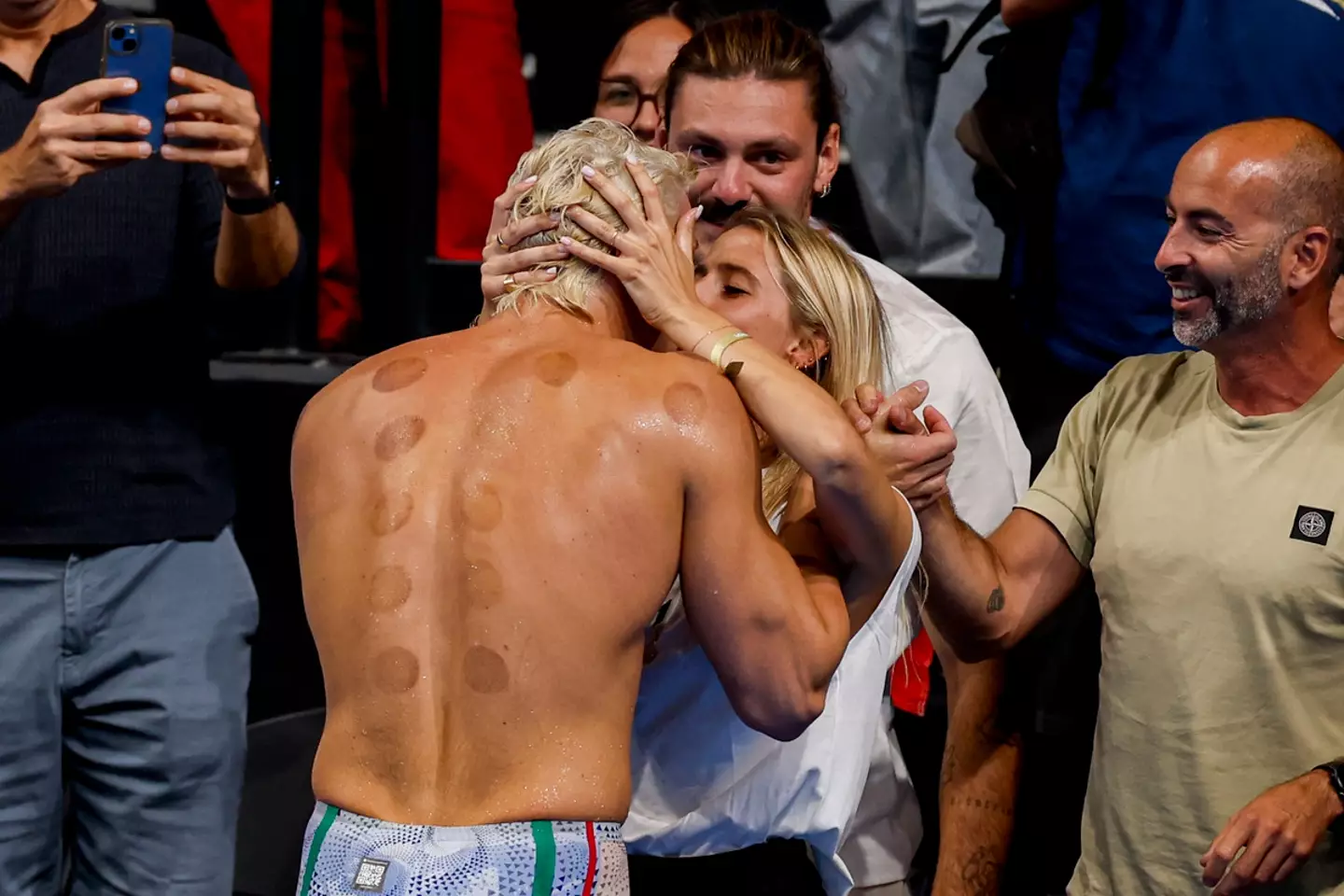
According to Harvard Health, some studies have found that cupping might provide some relief for a number of musculoskeletal and sports-related conditions. The quality of this evidence was ‘limited’, however.
Elsewhere a 2022 review found that wet (as opposed to dry cupping) was effective for lower back pain.
While the bruises people get from cupping are pretty gnarly, the therapy is generally seen as safe to practice – even if people aren’t 100 percent on how affective it is.
“Most experts agree that cupping is safe. As long as those treated don’t mind the circular discolorations (which fade over a number of days or weeks), side effects tend to be limited to the pinch experienced during skin suction,” Harvard Health explains.
“It’s quite unusual that cupping causes any serious problems (though, rarely, skin infections have been reported).”
There you have it, folks.
4 Jaw-Dropping Stories of Entitled MILs You Won’t Believe Are Real

We all hope for a supportive and loving mother-in-law, but sometimes, reality delivers something far different.
These jaw-dropping stories reveal the outrageous antics of entitled MILs who cross boundaries, manipulate, and wreak havoc. From a wedding day power struggle to a shocking home birth hijacking, these unbelievable tales will have you gasping and cheering for the daughters-in-law who bravely fight back.
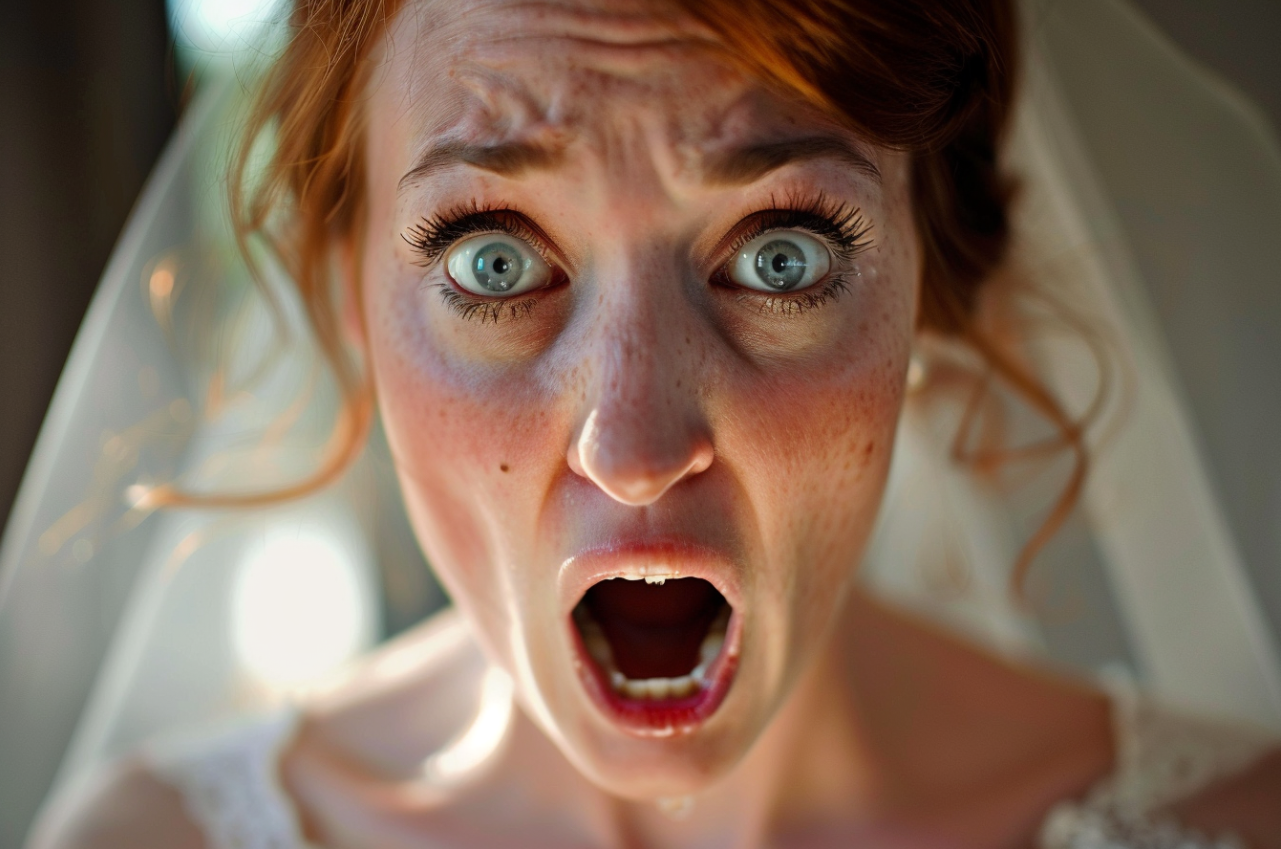
A bride screaming | Source: Midjourney
My MIL Demanded to Sit Between Me and Her Son at Our Wedding – She Didn’t Expect Me to Agree So Easily
When I agreed to Patricia’s absurd demand on my wedding day, I saw the look of triumph on her face. She thought she’d won, and that I’d back down like I always had before.
But this time was different.
When I got engaged to Ethan, I knew I wasn’t just marrying him.
I was also marrying into his tight-knit, borderline suffocating relationship with his mother, Patricia. From the moment we announced our engagement, she seemed to think it was her wedding, not mine.
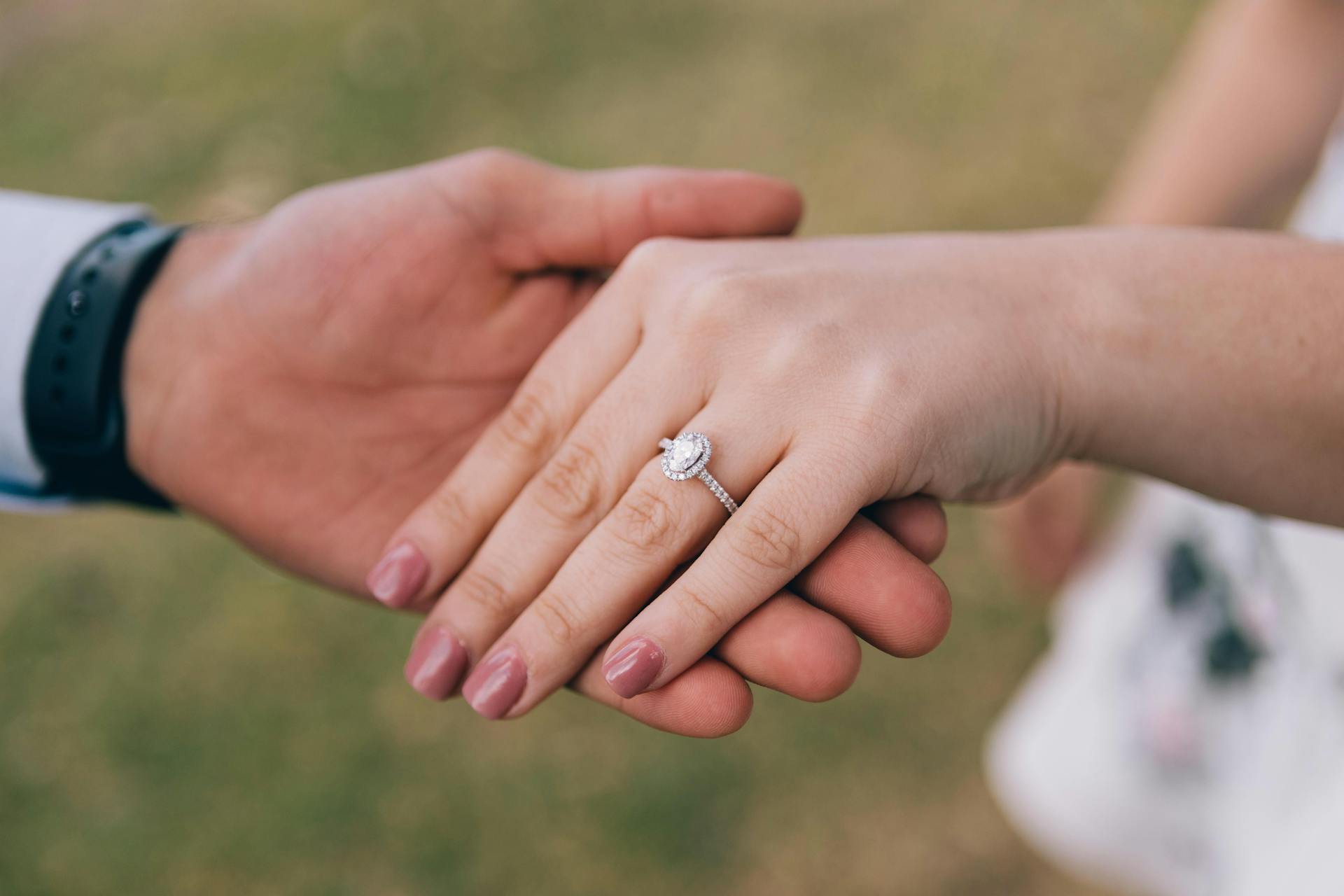
A man holding a woman’s hand | Source: Pexels
“Oh, Julia, lilies are too plain for a wedding,” she’d said during our first meeting with the florist, wrinkling her nose. “Roses are more elegant. Ethan loves roses, don’t you, sweetheart?”
I just smiled as I reminded myself to pick my battles. But it wasn’t just the flowers.
She had opinions on everything. And guess what? She even had the audacity to tell me what to wear on my big day.
“Are you sure you want to wear something so… fitted?” she asked during a fitting. “It might be uncomfortable for the ceremony.”
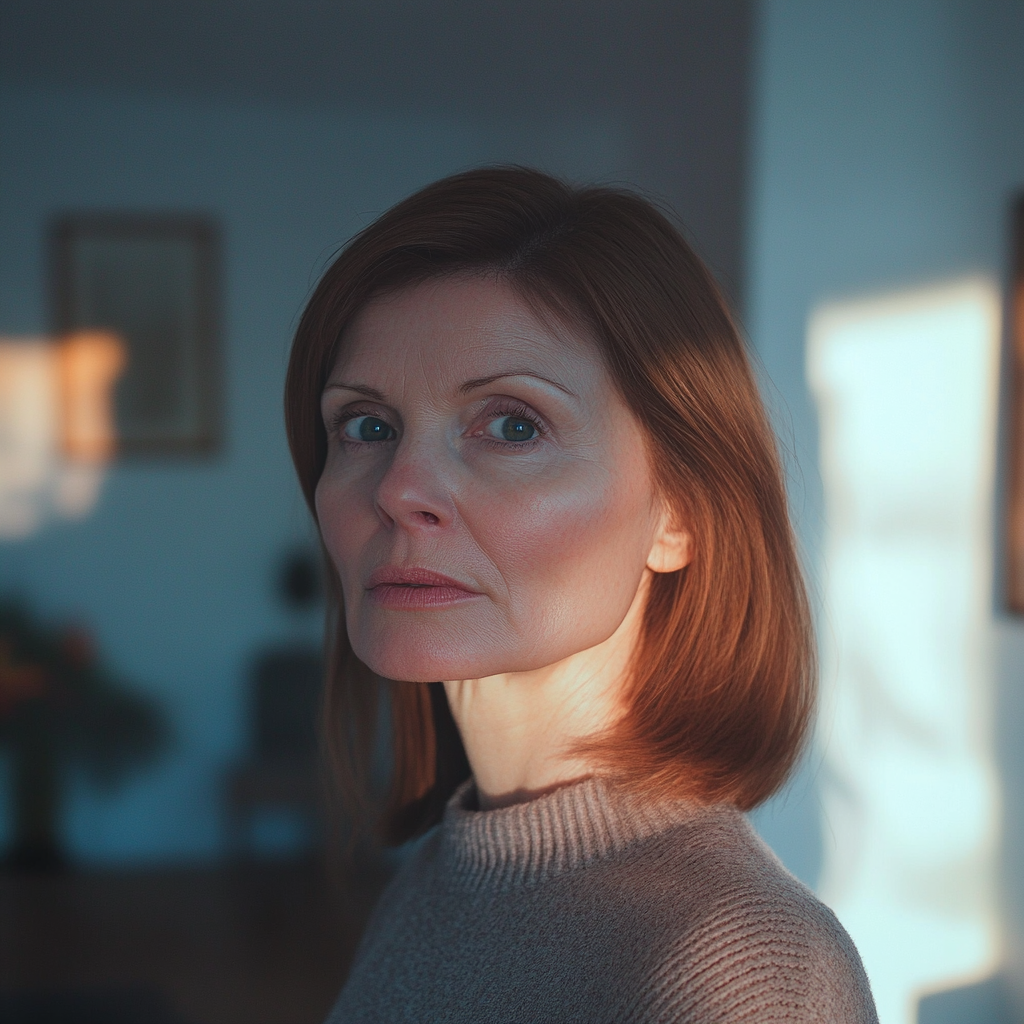
A mature woman looking straight ahead | Source: Midjourney
I laughed it off, but deep down, I was fuming.
One evening, I invited her over for dinner. I spent hours cooking Ethan’s favorite lasagna from scratch, with garlic bread and a Caesar salad.
When she arrived, I greeted her warmly.
When Ethan tasted the lasagna, he couldn’t help but praise my cooking skills. But Patricia couldn’t watch her son speak in my favor.
“Well, of course, it’s good,” she said, her voice dripping with sarcasm. “Lasagna isn’t exactly rocket science, is it?”
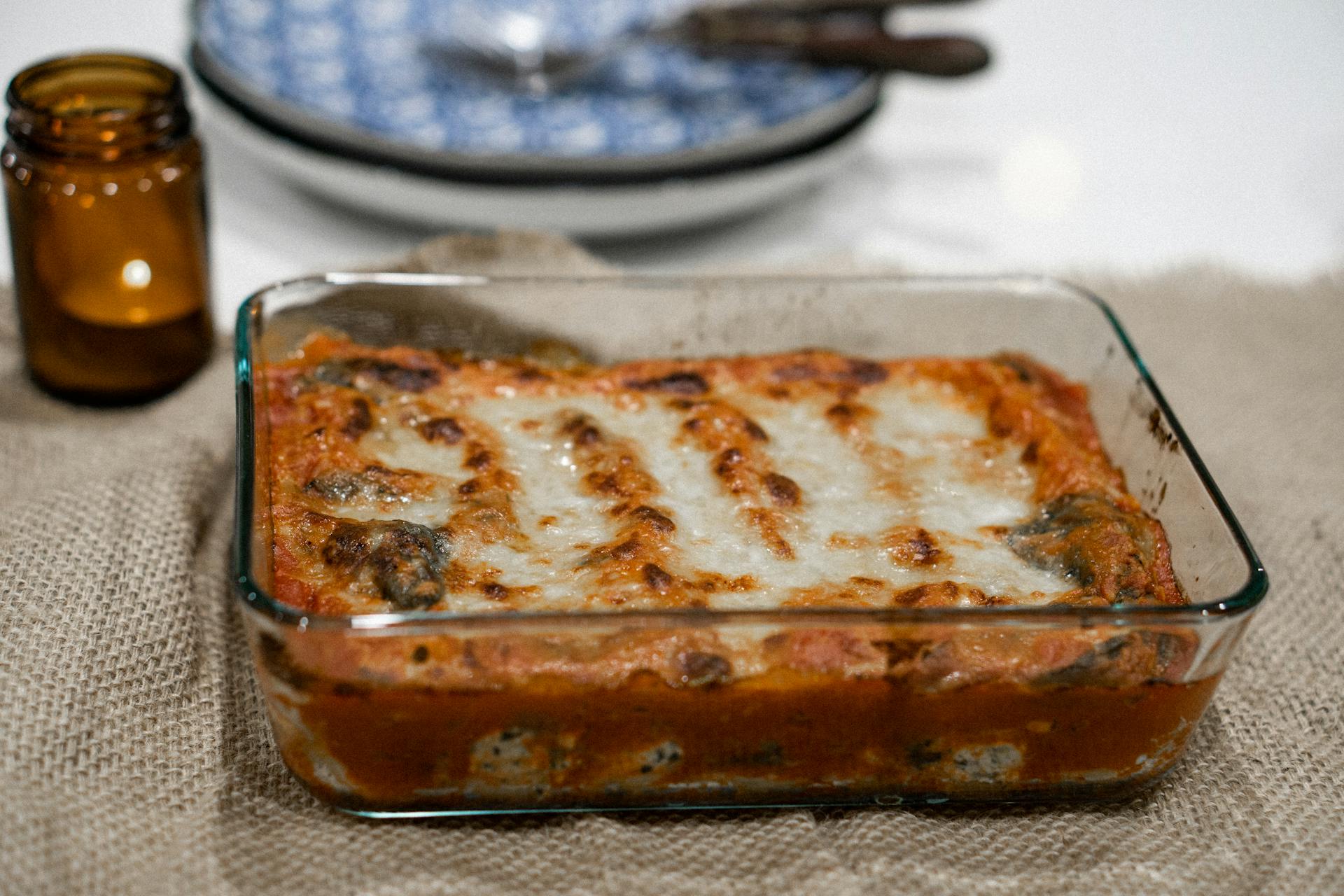
A dish of lasagna | Source: Pexels
Ethan didn’t even notice what her mother said, while I could feel my cheeks burning.
Later that evening, as I cleared the plates, she cornered me in the kitchen.
“Julia,” she began, “I know you mean well, but a man like Ethan needs more than just a pretty face and a passable lasagna. Marriage is a lot of work, dear.”
I wanted to snap back, to tell her to stop undermining me in my own home. But instead, I nodded and said, “Thank you for the advice, Patricia. I’ll keep that in mind.”
Similar incidents kept piling up. But even with that, I never expected Patricia to pull a stunt at the wedding itself.

A bride standing at her wedding | Source: Pexels
That was the moment I realized I couldn’t stay silent anymore.
The day of the wedding was beautiful.
I should’ve been focused on the joy of marrying Ethan, but the moment Patricia arrived, it was clear the spotlight wasn’t mine to keep.
She stepped out of her car in a white, floor-length lace dress with glittering rhinestones, a small train trailing behind her.
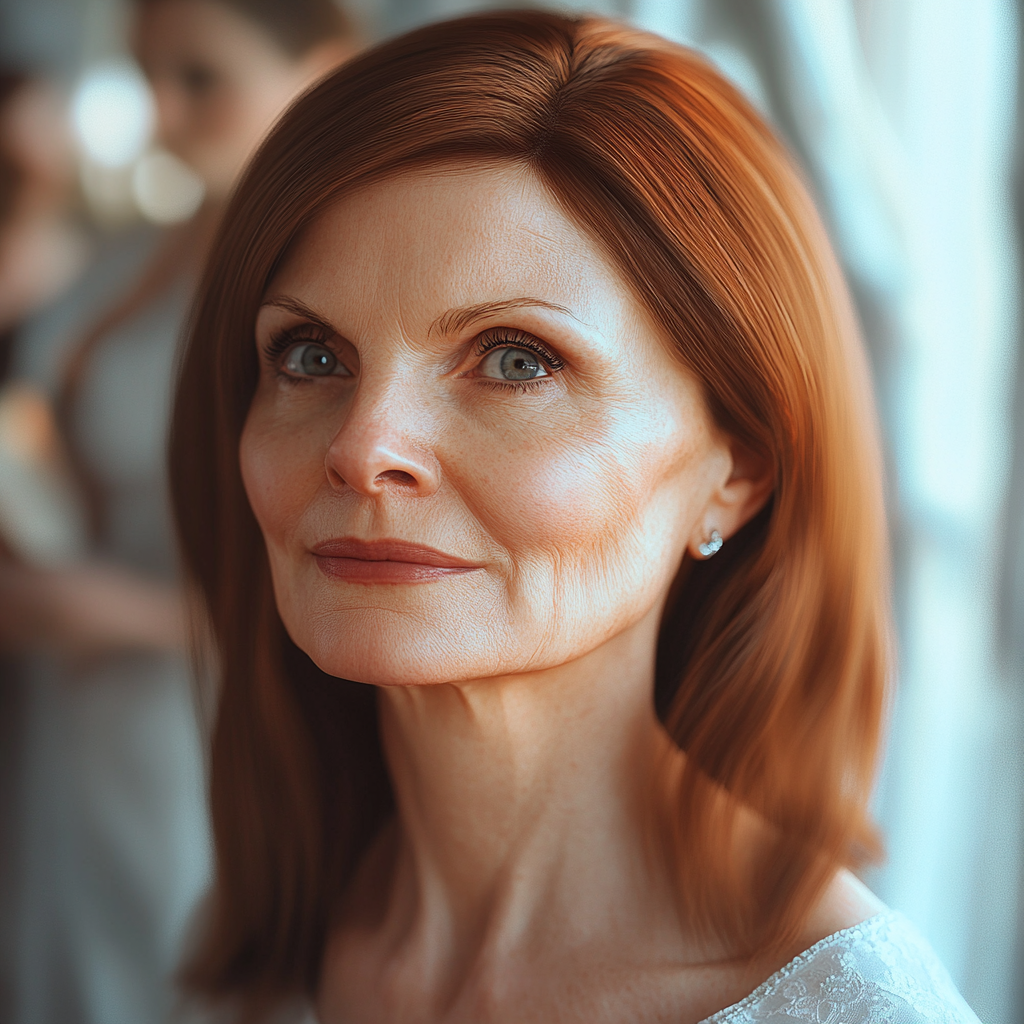
A woman at her son’s wedding | Source: Midjourney
For a second, I thought she’d accidentally swapped dresses with me. Then I realized it wasn’t an accident.
“Ethan, darling! Look at you!” Patricia beamed, rushing over to him as I stood just a few feet away. “Doesn’t he look like the most handsome man in the world, Julia?” she asked, not waiting for an answer as she smoothed his tie and kissed his cheek.
I smiled tightly. “He does, Patricia. You must be so proud.”
“Oh, I am,” she gushed. “He’s always been my rock, my number one.”
That was Patricia’s signature move. To make sure everyone knew exactly where she stood in Ethan’s life.
At that point, I reminded myself to breathe.

A woman in her wedding gown | Source: Midjourney
When it was time for the reception, I was ready to let go of the small jabs and focus on enjoying the evening.
Ethan and I walked to the head table, hand in hand, smiling at our guests. But just as we reached our seats, I noticed Patricia hovering nearby.
Before I could process what was happening, she grabbed a chair from a nearby table, dragged it loudly across the floor, and wedged it right between Ethan and me.
“There!” she announced, plopping down with a smug smile. “Now I can sit next to my son. I wouldn’t want to miss a moment with him on such a special day.”

A mature woman at her son’s wedding reception | Source: Midjourney
A ripple of gasps spread through the room.
I glanced at Ethan, waiting for him to say something, anything, to put this situation right.
Instead, he just shrugged.
“Patricia, this is the bride and groom’s table,” I said. “We’re supposed to sit together.”
“Oh, Julia,” she sighed. “Don’t be so sensitive. I am the most important woman in his life, and I always will be. You should respect that.”
That’s when Ethan finally spoke up. But he didn’t say what I wanted him to.
“It’s fine, babe,” he said, as if this were no big deal. “It’s just a chair.”

A man at his wedding | Source: Midjourney
Just a chair? Alright.
“You know what, Patricia?” I said with a sweet smile. “You’re absolutely right. Let’s do it your way.”
Her face lit up with surprise, and she grinned as though she’d won.
Little did she know, I had a plan in my mind that would make her face flush with embarrassment.

A young woman thinking about her plan | Source: Midjourney
Patricia leaned back in her chair, basking in what she clearly thought was her victory.
Meanwhile, Ethan busied himself greeting guests as though nothing unusual had happened.
I stayed seated for a few minutes as I forced a smile and pretended to go along with the charade.
“Excuse me for a moment,” I said, standing up and smoothing my dress. “I need to step away for a bit.”
Neither Patricia nor Ethan paid much attention as I walked toward the hallway.
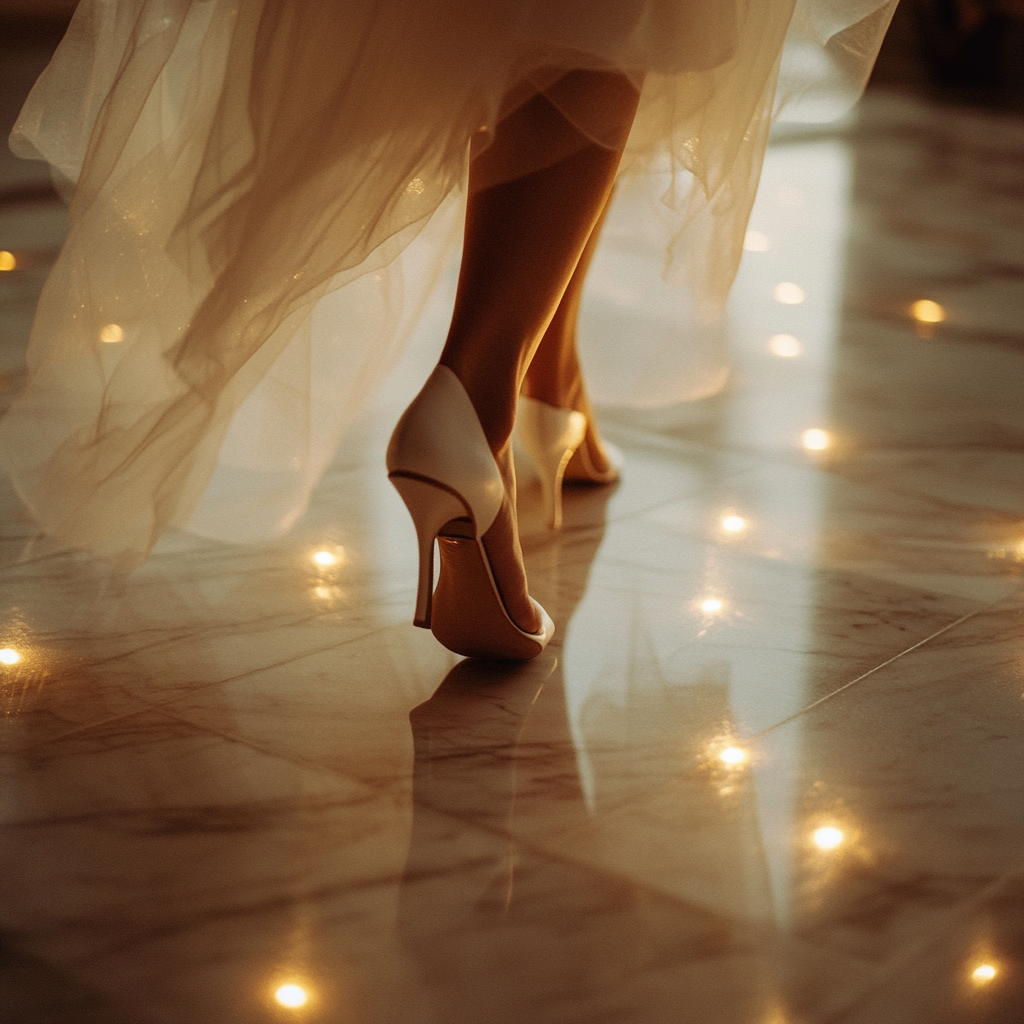
A bride walking away | Source: Midjourney
Once I was out of sight, I pulled out my phone to make an important call.
“Hi, this is Julia,” I said, my voice calm. “I need to make a last-minute adjustment to the cake. Yes, I know it’s short notice, but it’s really important.”
The person on the other end hesitated for a moment before asking for details. I smiled to myself.
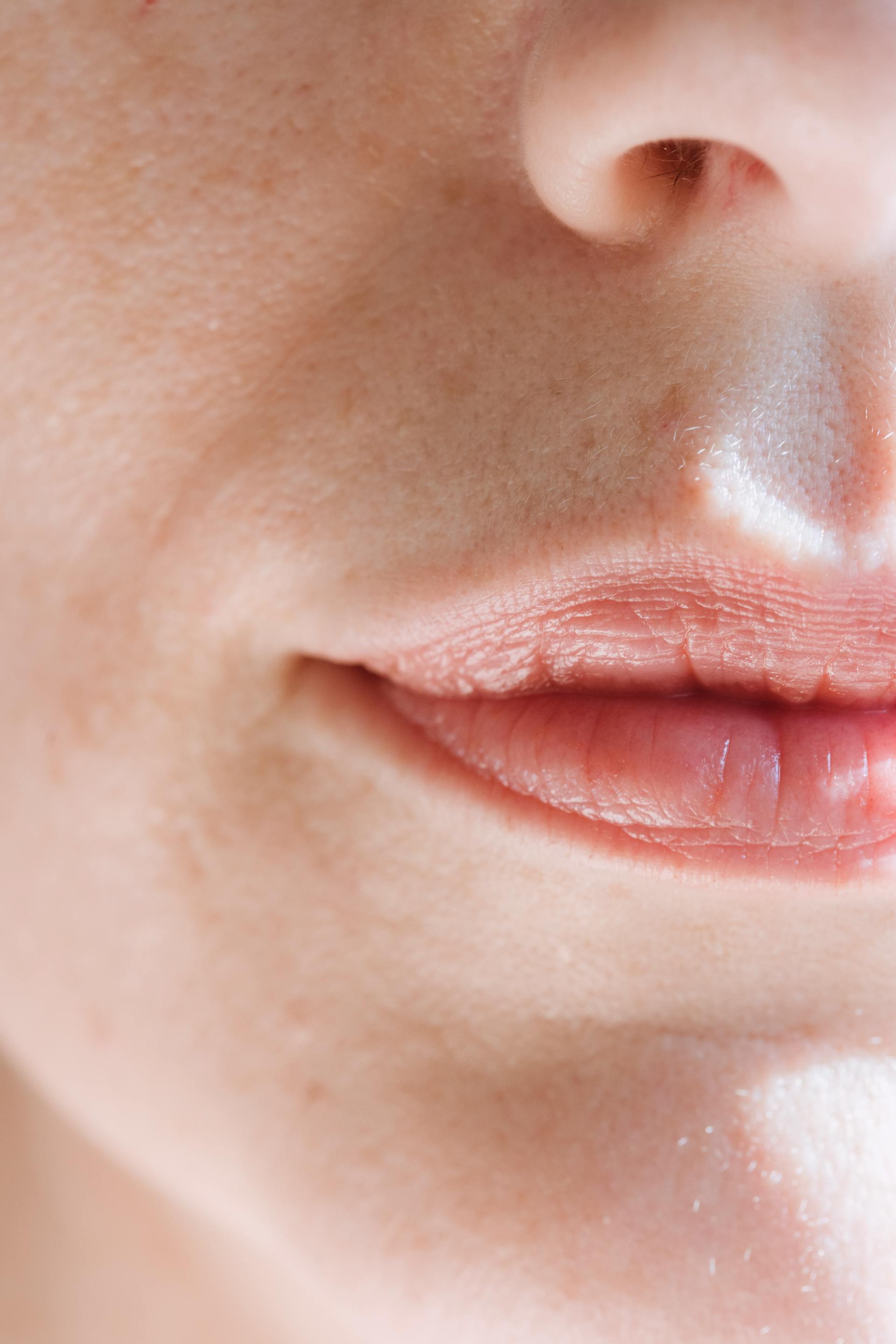
A close-up shot of a woman’s lips | Source: Pexels
“I’ll send you a photo right now,” I continued. “Just follow the instructions, and make sure it’s delivered before the cake cutting. Can you make it happen?”
The answer was a tentative yes, and I quickly sent over the picture and specifics.
By the time I returned to the head table, Patricia was still holding court, reliving one of Ethan’s childhood stories for the hundredth time.

A woman standing in a hallway | Source: Midjourney
I sat down quietly, keeping my eyes on her and mentally counting down the moments until my plan unfolded.
Then came the time for the first dance, and I was ready for Patricia’s next move.
Sure enough, as the music started and Ethan extended a hand toward me, Patricia swooped in like a hawk. I stood there and watched as they swayed to the music.

A woman ready for the dance | Source: Midjourney
Patricia beamed as she danced with her son, while the guests exchanged uneasy glances.
“That’s… unusual,” I heard one guest murmur.
“Isn’t the first dance supposed to be with the bride?” another whispered.
But I just smiled, keeping my expression serene.
This was all going exactly how I wanted it to.

A woman smiling at the camera | Source: Midjourney
After what felt like an eternity, Ethan finally returned to the table.
“Sorry about that,” he mumbled as he sat down.
“It’s fine,” I lied.
And then came the moment I’d been waiting for. The cake cutting.
The lights dimmed, and my bridesmaids carried in the three-tiered masterpiece.
Patricia’s smile widened as the cake approached, but when it came fully into view, she looked at it with wide eyes.

A close-up shot of a woman’s face | Source: Midjourney
Perched on top of the cake were two figurines, and they were not of a bride and groom.
Instead, they showed a groom and his mother, posed arm-in-arm. The resemblance was uncanny. Ethan’s tie and Patricia’s pearl necklace were all there.
“Surprise!” I cheered. “How’s the cake, Patricia?”
“Julia…” she stammered, her voice trembling. “W-What is this supposed to mean?”

A woman standing outdoors | Source: Midjourney
I stood up slowly with the microphone in my hand.
“Patricia, Ethan,” I smiled as I looked at them. “I wanted to honor the bond you two share. It’s clear to everyone here that you’re the real pair of the evening. So, please cut this beautiful symbol of your relationship together. You deserve it.”
The room erupted into murmurs, a few stifled giggles escaping here and there. Patricia’s hands shook as I placed the knife in her grasp.
“Go on,” I said sweetly. “Everyone’s watching.”

A woman at her wedding reception | Source: Midjourney
“Julia,” she hissed through gritted teeth. “This is inappropriate.”
“Inappropriate?” I echoed with mock surprise. “Oh, Patricia, don’t be so sensitive. After all, you’re the most important woman in his life. Isn’t that what you’ve been telling me?”
A ripple of laughter spread through the guests, and I knew I had them on my side. Meanwhile, Patricia’s friends exchanged awkward glances.

Two women attending the wedding reception of their friend’s son | Source: Midjourney
I leaned into the microphone one last time. “Now, if you’ll excuse me, I have better things to do than fight for scraps of attention on my own wedding day.”
I turned on my heel, signaled to my bridesmaids, and walked out of the reception.
Behind me, I heard chairs shuffle, whispers grow louder, and the faint clinking of glasses. The crowd was beginning to disperse, leaving Patricia and Ethan in the awkward spotlight.

A close-up shot of a woman with a serious look | Source: Midjourney
By the time we reached the limo, my bridesmaids and I were laughing so hard, we could barely breathe.
We popped champagne and toasted to freedom. They understood why I did what I did, and why I would soon be filing for annulment from Ethan.
My MIL Gifted Us a House for Our Wedding – A Week After Moving In, I Demanded We Return It or End Our Marriage
Sarah and I were six years into the most solid, unshakeable love. Our wedding was the culmination of that, a celebration of all we’d built together.

A couple on their wedding day | Source: Midjourney
Just when I thought the day couldn’t get any better, Sarah’s mother stood to toast us.
“To my darling daughter and her new husband,” Janice said, holding up her glass. “May your life together be as strong and secure as the foundation you build upon, starting with this.”
A waiter wheeled over a silver tray bearing a sleek folder. Janice opened it with a flourish, revealing the deed to a house.

A woman holding a folder | Source: Midjourney
My heart swelled. A house! I turned to Sarah, expecting her to share my excitement, but her hand on mine felt stiff and clammy. Her smile didn’t quite meet her eyes.
This should have been a clue, but I chalked it up to wedding-day jitters.
That was my first mistake.
I almost cried when we moved in. This wasn’t any old house but a five-bedroom colonial in an upmarket neighborhood ideal for families. I didn’t have much growing up, and it felt like I was now living the dream.
Sarah, however, wandered from room to room like she was looking for something she’d lost.

A woman wandering through a large house | Source: Midjourney
“Babe, what’s wrong?” I asked one evening after dinner. “Don’t you like it here?”
She sighed, avoiding my eyes. “It’s just… a big adjustment. Newly married, starting our lives together in this house…”
Adjustments I could handle. But her distance? That gnawed at me.
The first crack came during a dinner at Janice’s a few days after we moved in. The three of us sat around her pristine dining table.
“So, have you spoken to my lawyer, yet?” Janice asked, her voice honeyed but sharp, “I’d like you both to sign the contract as soon as possible.”
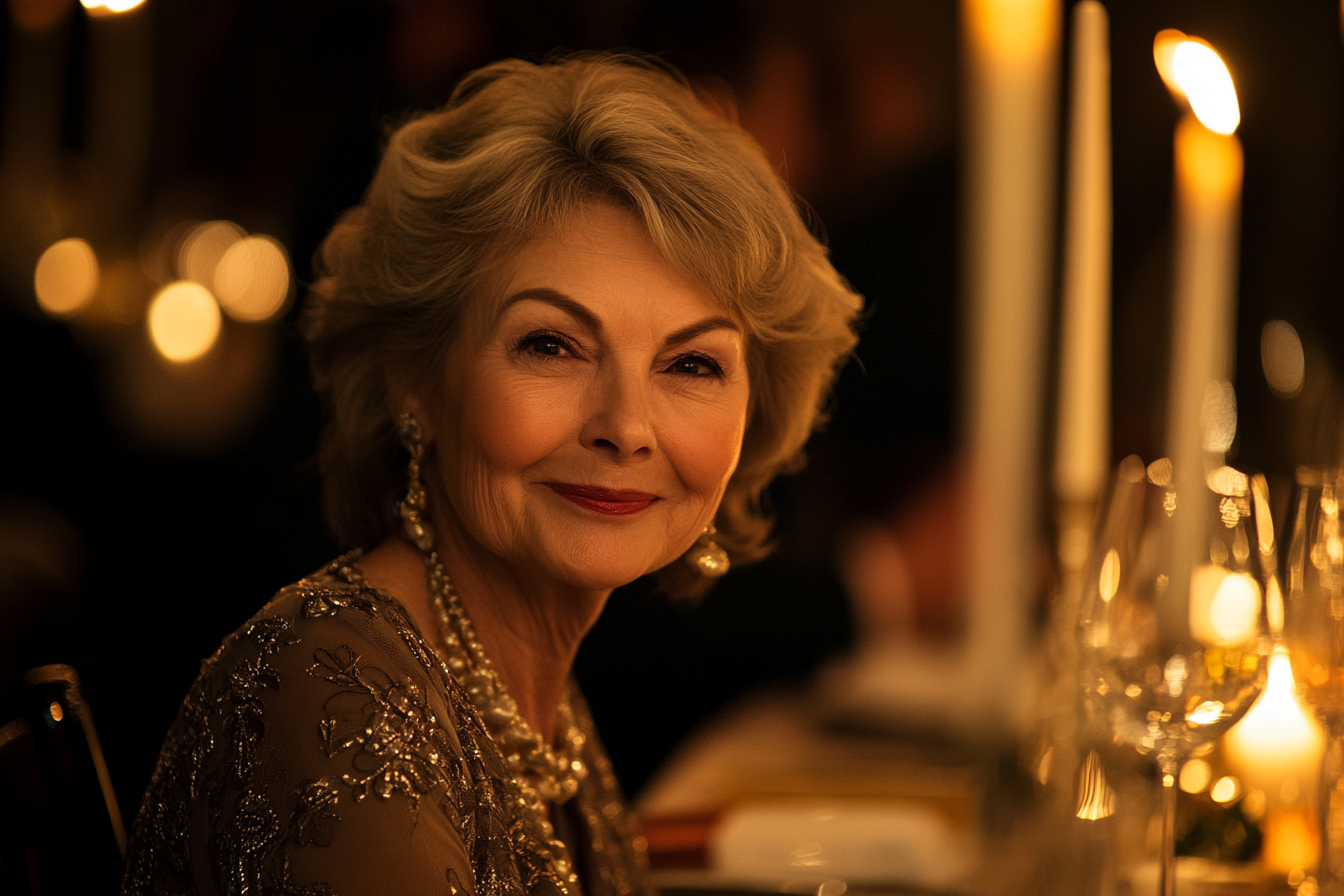
A woman seated at a dinner table | Source: Midjourney
“Contract?” I set my fork down.
Janice tilted her head. “Oh, I assumed Sarah would’ve told you by now.”
Across from me, Sarah’s knuckles whitened against the stem of her wine glass. Her shoulders tensed, and she stared at the table like it might swallow her whole.
“Mom,” she started.
But Janice held up a hand, a soft laugh spilling from her lips. “Sarah was probably waiting for the right time. It’s about the contract for the house, Jeremy. I may as well explain the terms now, I suppose.”
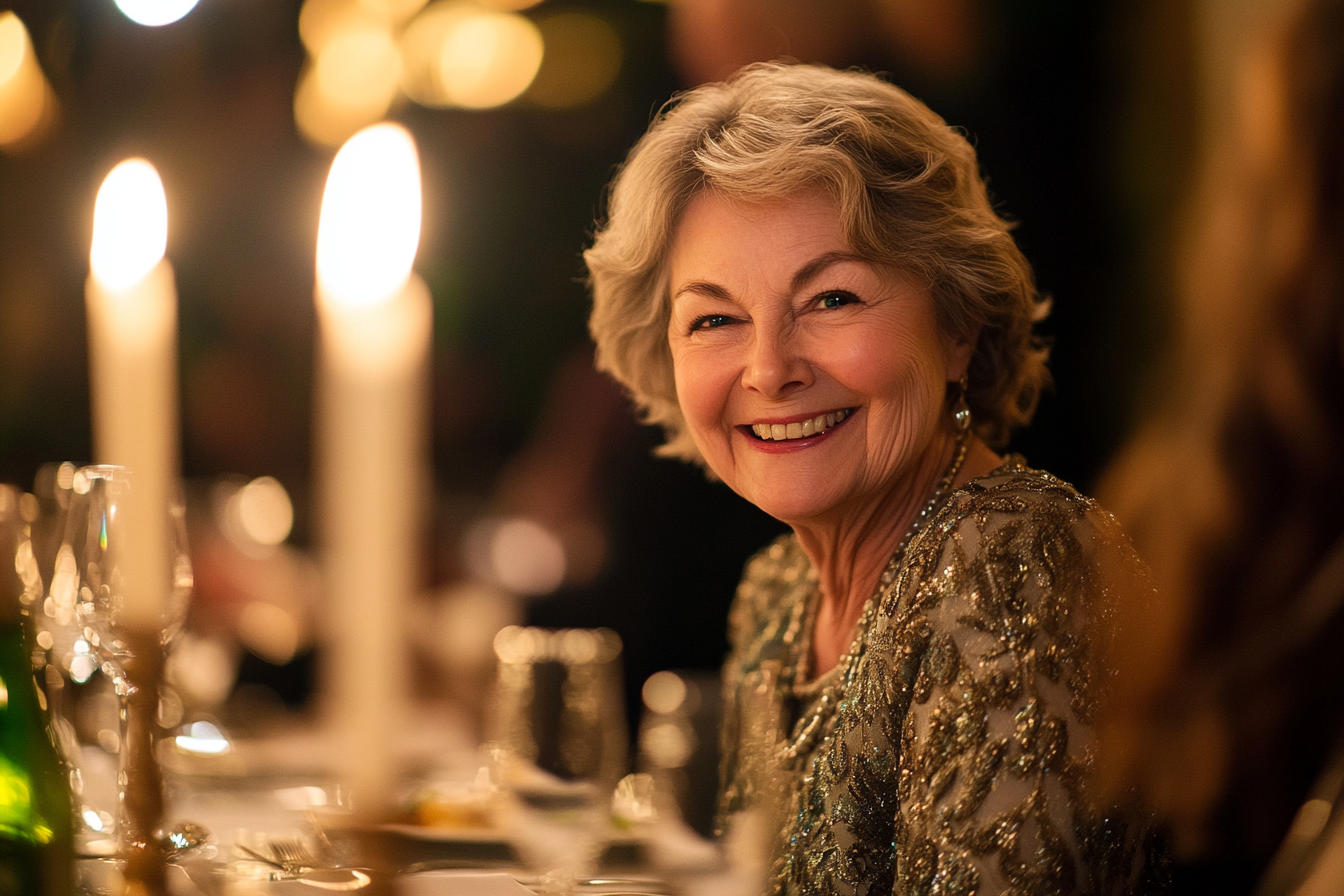
A cheerful woman | Source: Midjourney
I didn’t trust myself to speak.
“See, you don’t actually own the house, I do, and there are certain terms you need to accept so you can stay. For instance, no painting of the walls. You’ll also need to work close by, so you stay within 15 miles of me. After all, it’s important to have family nearby.”
My pulse quickened. “What happens if we don’t follow these ‘guidelines’?”
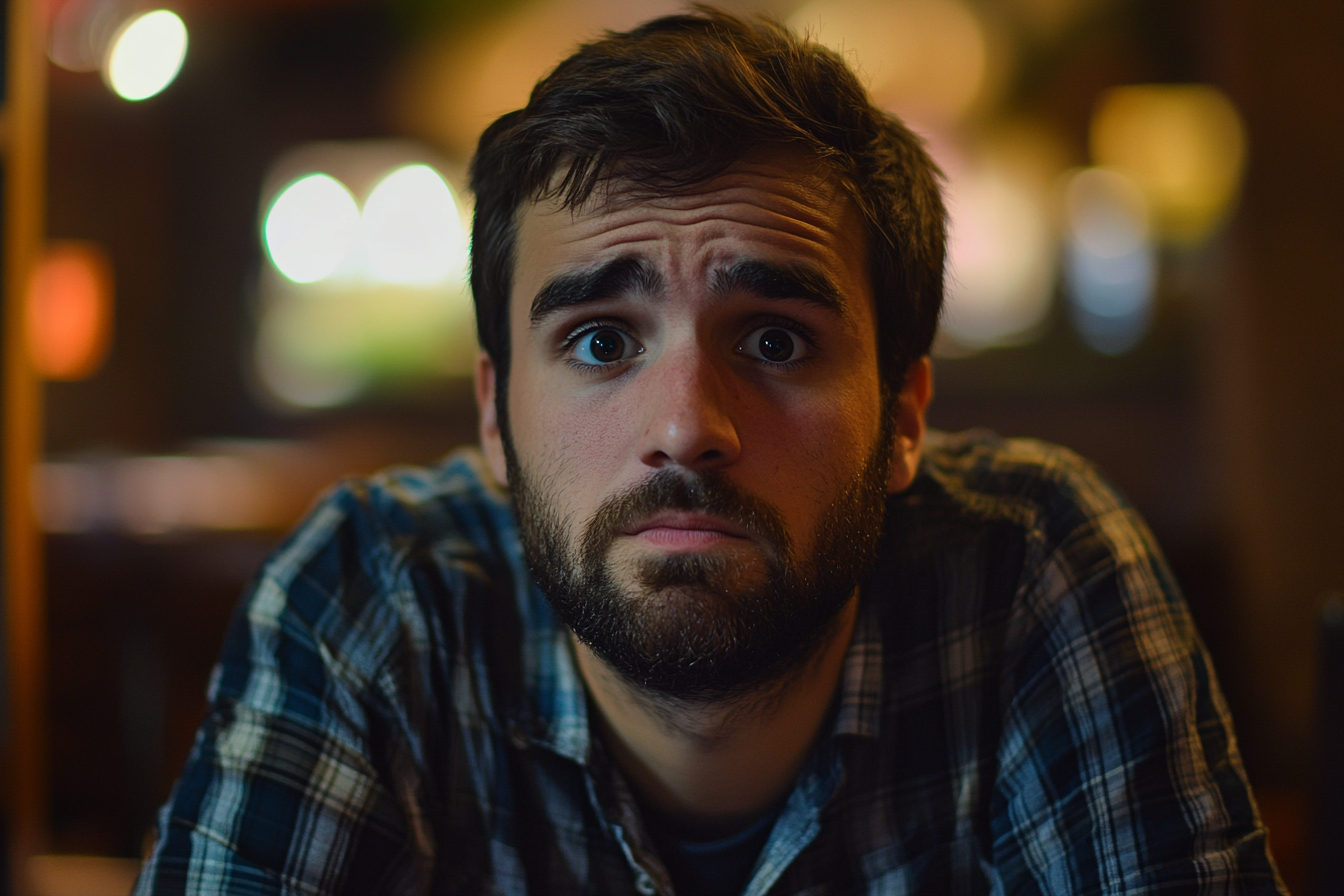
A concerned man | Source: Midjourney
Janice gave an airy wave of her hand. “Well, I could always revoke your right to live there. But that won’t happen as long as we’re all on the same page.”
Her eyes sparkled with something darker. “The agreement also gives me co-parenting rights over my grandchildren. Oh! And I want my first grandchild within the next two years.”
She might as well have slapped me.
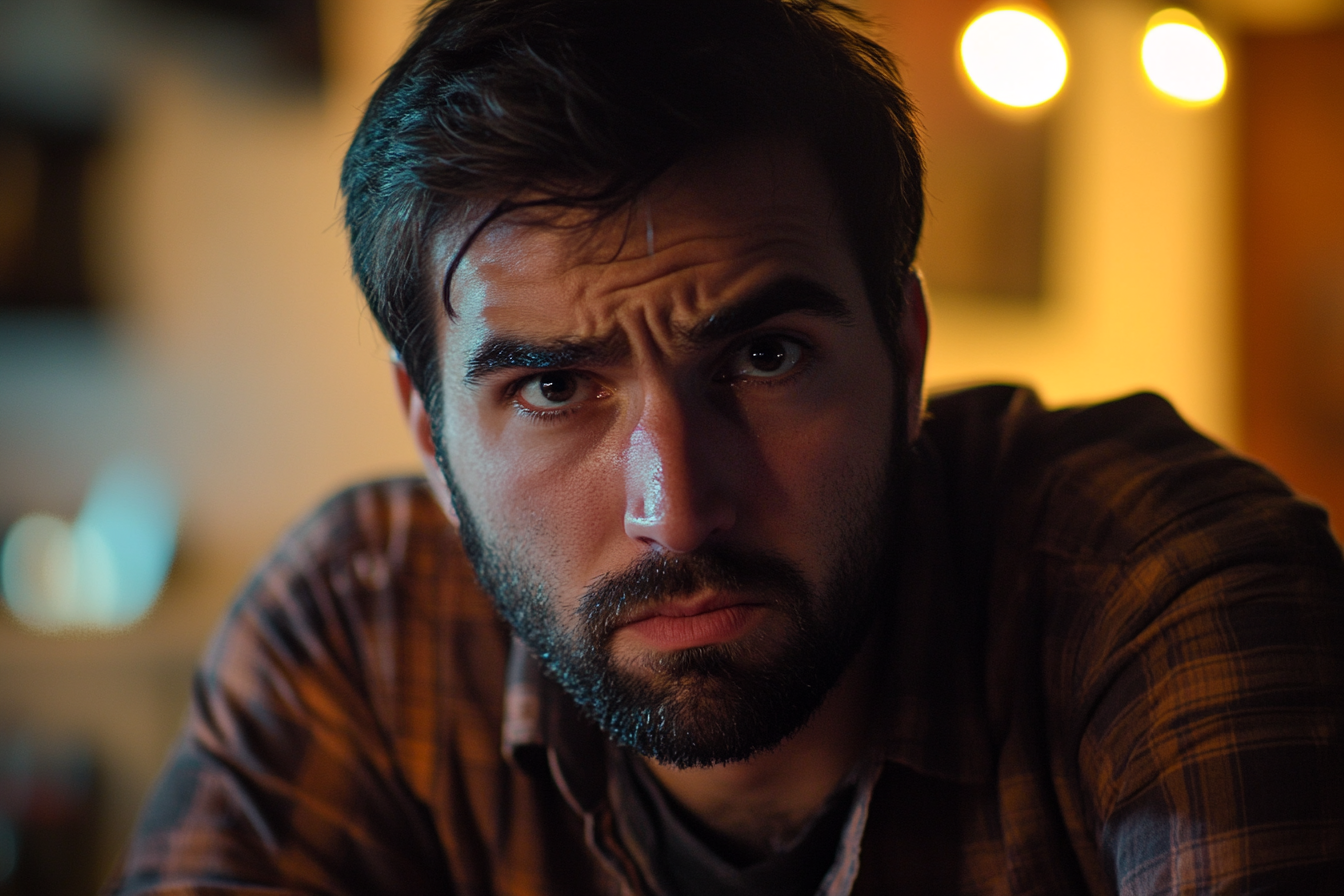
An angry man | Source: Midjourney
I stared at Sarah, silently begging for some kind of reaction. But she wouldn’t meet my eyes. Her silence was the loudest answer of all.
When we got home, I couldn’t hold back. “What the hell was that?”
Sarah hesitated. “I didn’t know how to tell you.”
“Tell me what?” I demanded. “That your mother thinks she can control every part of our lives?”
Tears brimmed in her eyes. “I thought I could manage it. I thought if I just went along with it, things would be easier.”

A distressed woman | Source: Midjourney
“For who? For her?” My voice softened as I stepped closer. “What about us, Sarah?”
“I’m sorry,” she whispered, her voice so small it barely reached me. “I didn’t know what else to do.”
Her words stung because they were laced with truth. I didn’t know what to do either.
We’d only been living there for a week when I reached my breaking point. One night, as I headed to bed, I overheard Sarah on the phone with Janice.
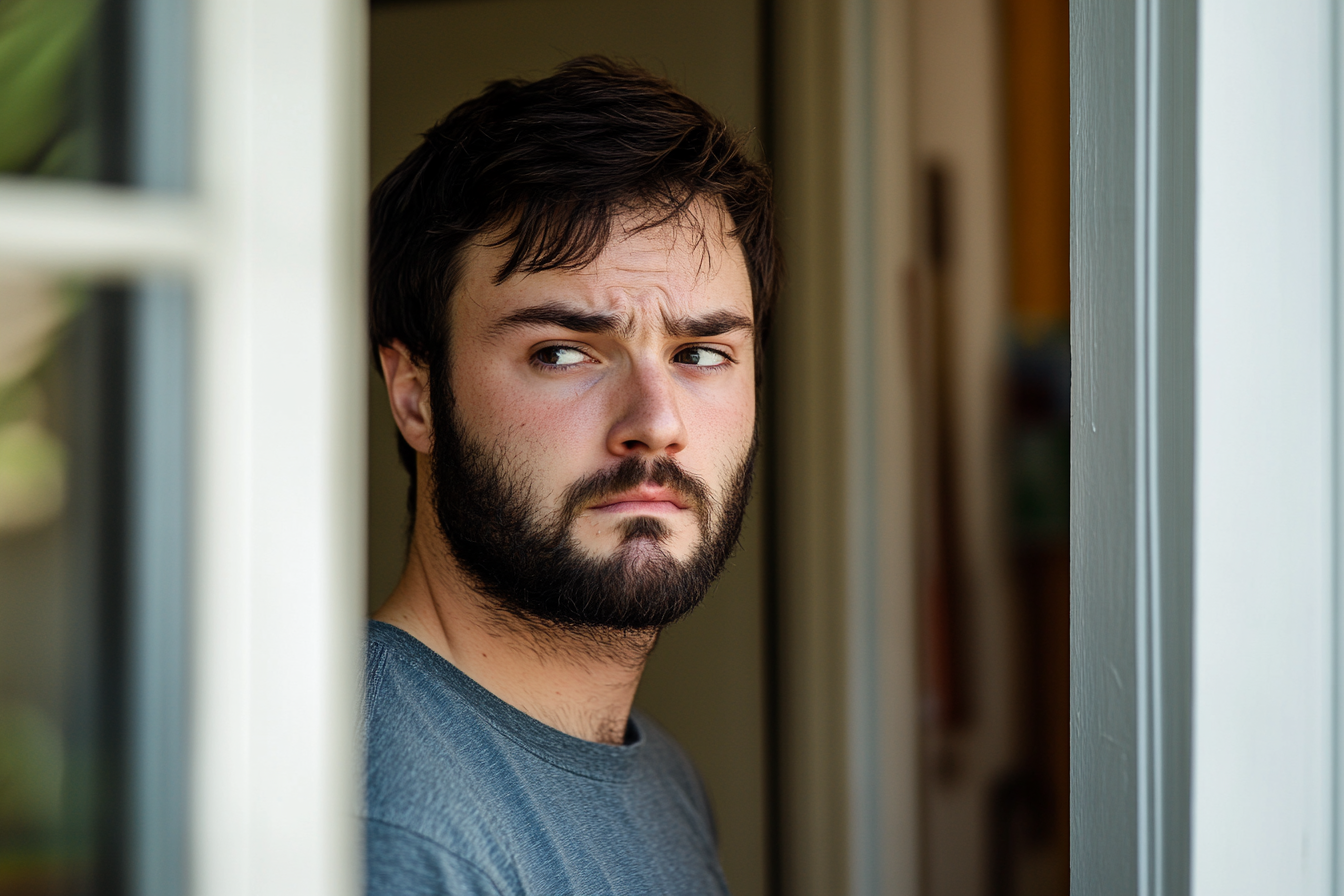
A man eavesdropping in a corridor | Source: Midjourney
“Yes, I understand,” she said quietly. “No, I’ll convince him not to take the promotion. Like you said, the new office is outside the 15-mile limit.”
My blood ran cold. The promotion I’d been working toward, and my wife intended to sabotage it to comply with my controlling MIL’s whims.
“Sarah.” My voice was hard as I stepped into the room. She spun around, her face pale.
“I-I was going to tell you,” she stammered. “She just wants what’s best for us.”
“Us?” I scoffed. “No, Sarah, she wants what’s best for her. And you’re letting her. This has to stop.”
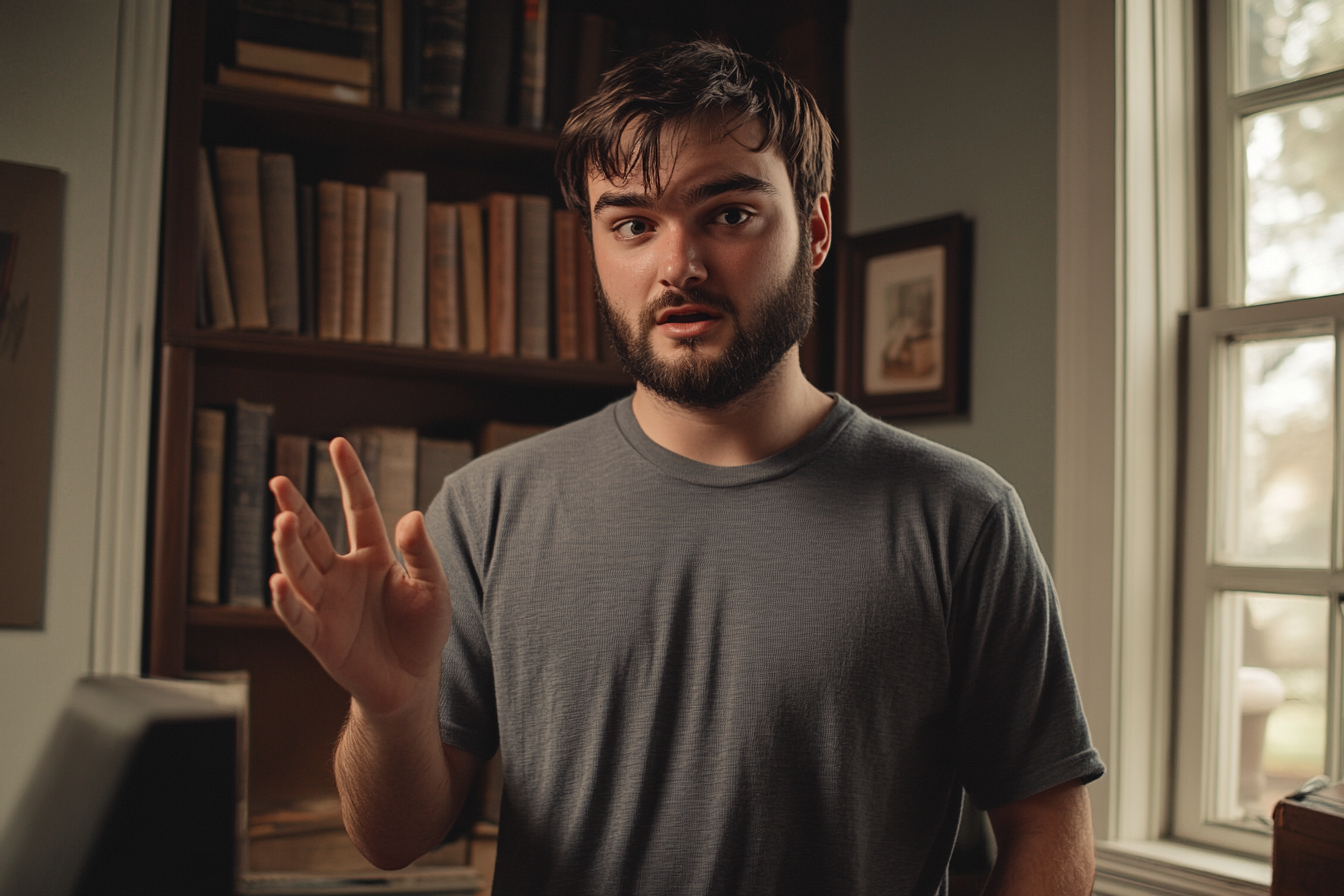
A man appealing to someone | Source: Midjourney
She shook her head. “You don’t understand. If we don’t do this her way, she’ll take everything.”
“Then let her,” I snapped. “I’m not playing this game anymore. It’s me or her, Sarah. Either we return the house and shake off the leash your mom’s trying to put on us, or I leave. Make a choice.”
The silence that followed was unbearable.
“Maybe you should leave,” she whispered, her voice breaking. “Maybe… you’re better off without me.”

A heartbroken woman | Source: Midjourney
Packing that night was a blur. Anger, heartbreak, and confusion swirled in a relentless loop.
Then I saw Sarah’s diary. It sat open on the edge of the nightstand. I hadn’t meant to look, but the hurried script caught my eye.
Sarah’s diary detailed how Janice had manipulated the courts to gain custody of Sarah, even though she’d begged to stay with her father. Sarah was only eight years old at the time.
Once she had custody, Janice treated her terribly. The situations Sarah described sounded like the plot of a psychological thriller.
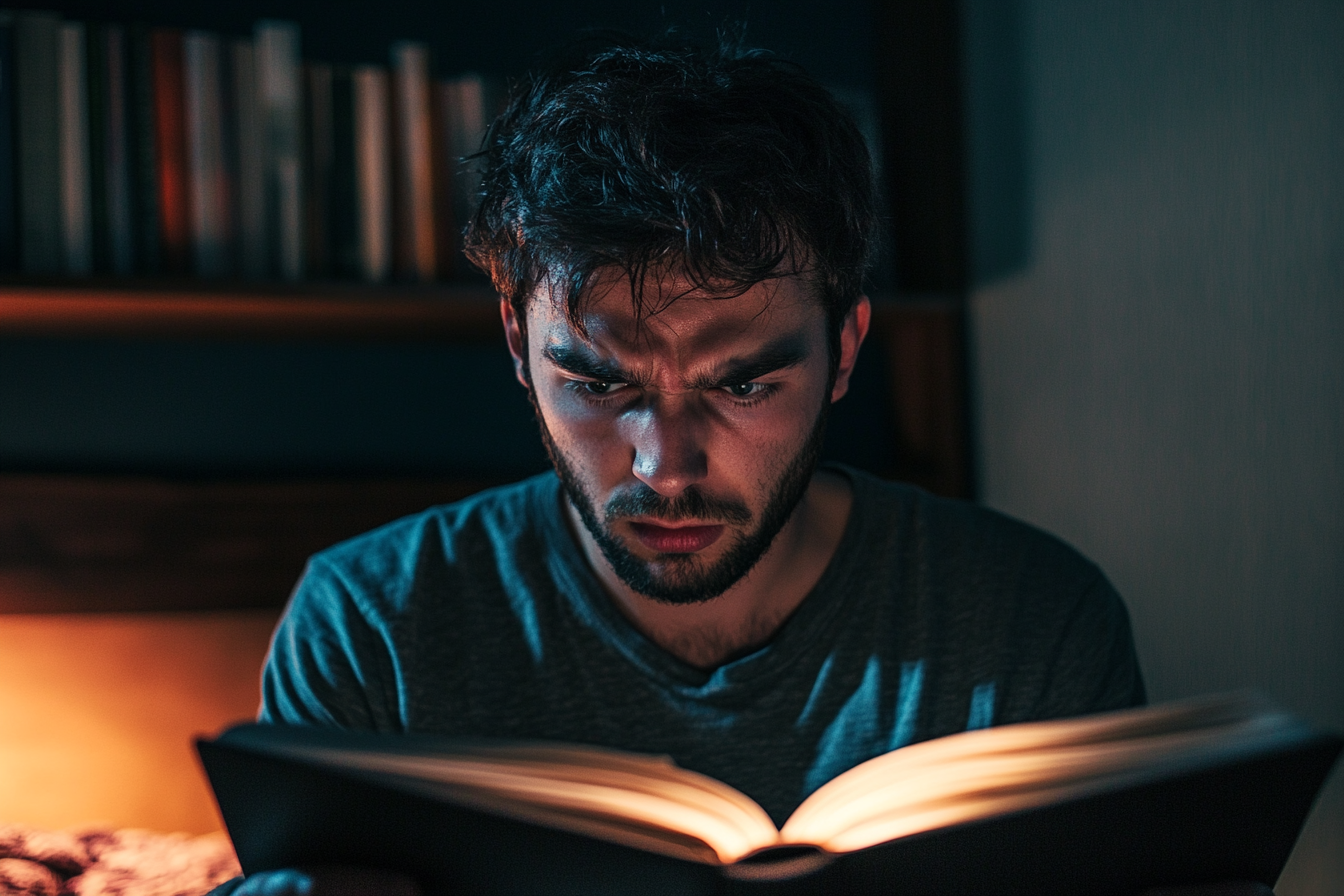
A man reading a diary | Source: Midjourney
But the most chilling part came near the end. Sarah wrote about Janice’s veiled threats to repeat history. If Sarah ever crossed her, Janice had made it clear she had the power to take our future children, just as she’d taken Sarah from her father.
My hands shook as I put the diary down, my heart breaking. Sarah wasn’t weak; she was terrified.
Behind me, the bedroom door creaked.
I turned to see Sarah standing there, her face pale, her eyes wide with fear as she noticed what I was holding.

A woman standing in a doorway | Source: Midjourney
“Why didn’t you tell me?” I asked, my voice trembling.
She sank to the floor, sobbing. “Because she’ll destroy everything, Jeremy.”
“No,” I said firmly, crouching to meet her eyes. “She won’t. Not this time. We’re leaving, Sarah. Together.”
The confrontation with Janice was everything I expected.
When I called to tell her we were returning the house, her voice dripped with venom.

A man speaking on his cell phone | Source: Midjourney
“You ungrateful little boy,” she hissed. “You think you can escape me?”
“I know I can,” I said. “You don’t own us, Janice. Not anymore.”
A year later, I stood on the balcony of our tiny apartment, watching Sarah water the potted plants she’d insisted we bring.
There was a lightness to her now, a freedom I hadn’t seen in years. Therapy was helping her unpack the weight of her mother’s influence, and though the scars remained, they were healing.

A smiling woman on a balcony | Source: Midjourney
“We did it,” she said softly, sliding her hand into mine.
I nodded, pulling her close. “Yeah. We did.”
My MIL Insisted on Being Present for My Home Birth — But Then She Slipped Out of the Room, and I Heard Strange Voices Outside
The moment I told Josh I wanted a home birth, his eyes lit up like a kid on Christmas morning. But it was nothing compared to the reaction we got from his mother, Elizabeth.

A pregnant couple sitting on a wooden bench | Source: Unsplash
“Oh, Nancy! This is wonderful news!” Elizabeth gushed, clasping her hands together. “I simply must be there to support you both. I can help with anything you need!”
I exchanged a glance with Josh, my eyebrows raised. His shrug told me he was leaving this one up to me.
I bit my lip, mulling it over. Maybe an extra pair of hands wouldn’t be so bad, right?
“Alright,” I finally conceded. “You can be there.”

A young lady looking up | Source: Midjourney
The big day finally arrived. Our midwife, Rosie, was setting up her equipment when Elizabeth burst through the door, her arms laden with bags.
“I’m here!” she announced, as if we might have missed her entrance. “Where do you need me?”
I was about to answer when a contraction hit, stealing my breath. Josh was at my side in an instant, his hand on my lower back as I tensed and groaned.
“Just… just put your things down for now,” I managed to gasp out.
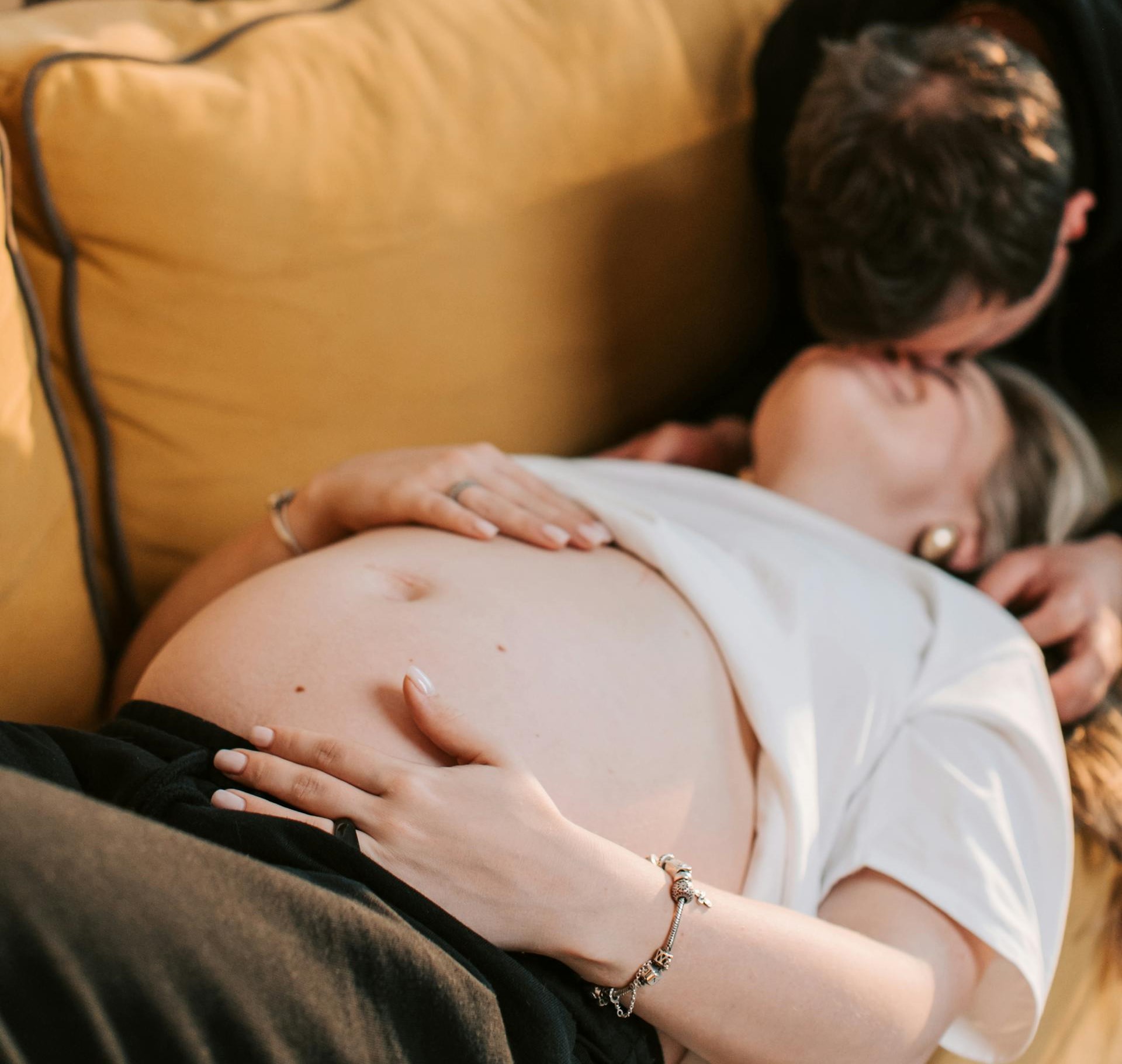
A pregnant woman lying down as her partner kisses her | Source: Pexels
As the contraction eased, I noticed Elizabeth fidgeting with something, her eyes darting around the room. She looked more nervous than excited now. And I knew that something was seriously off.
“Are you okay?” I asked, frowning.
She turned around, startled. “What? Oh, yes! Just thinking about what I can do to help. You’re doing just fine, honey. Just keep it up.”

A senior woman crossing her arms | Source: Pexels
Before I could press further, she was out the door, muttering something about getting me some water.
Josh squeezed my hand. “Want me to talk to her?”
I shook my head. “No, it’s fine. She’s probably just nervous. It’s our first baby, right?”
As my labor progressed, Elizabeth’s behavior became increasingly odd. She’d pop in, ask how I was doing, then disappear again. Each time she returned, she seemed more flustered.
During a particularly intense contraction, I gripped Josh’s hand so hard I thought I might break it. As the pain ebbed, I became aware of a strange sound.
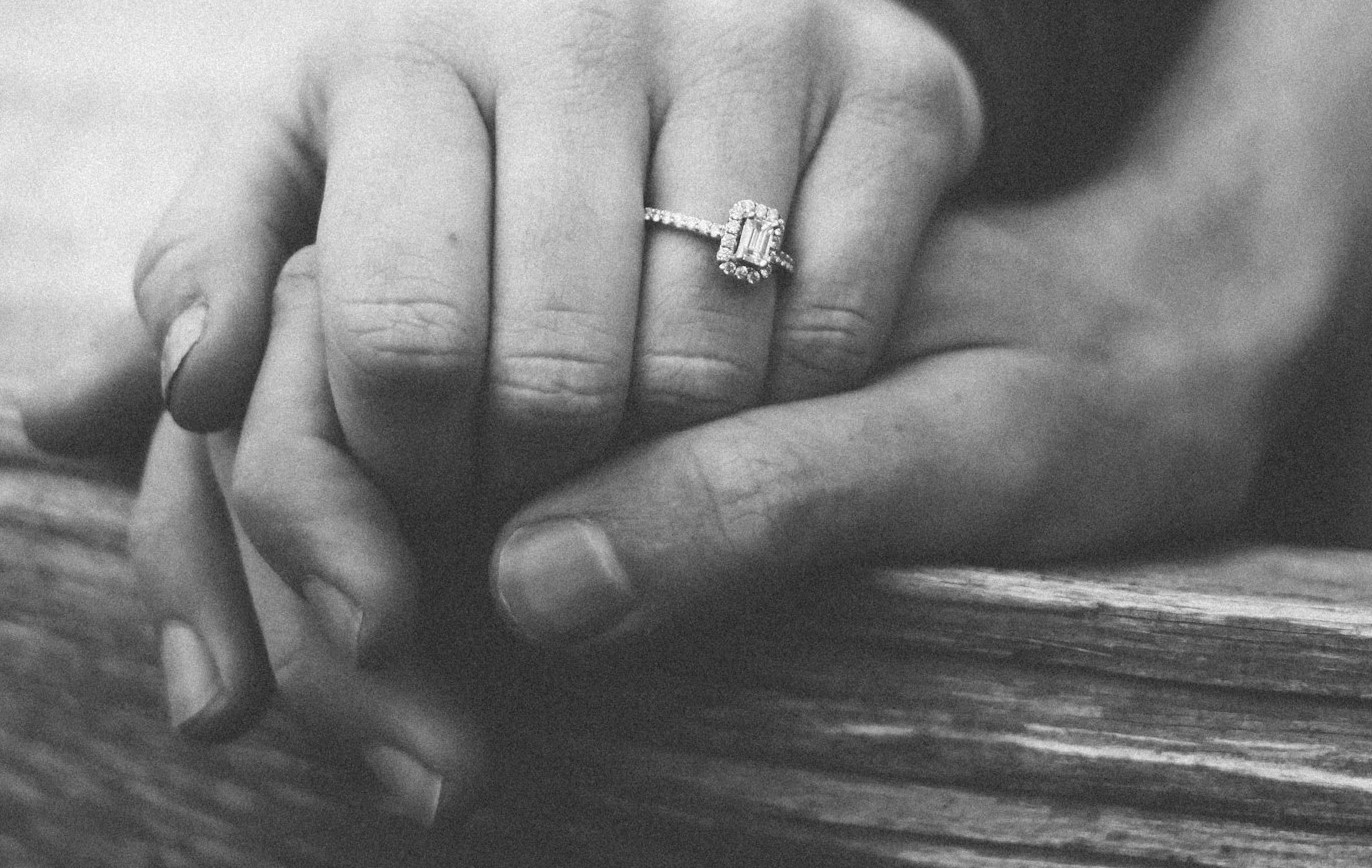
Grayscale shot of a couple holding hands | Source: Unsplash
“Josh,” I panted, “do you hear that?”
He cocked his head and listened. “Sounds like… voices?”
I nodded, relieved I wasn’t imagining things. “And is that music?”
Josh’s brow furrowed. He kissed my forehead and turned around. “I’ll check it out. Be right back.”
As he left, Rosie gave me an encouraging smile. “You’re doing great, Nancy. Not long now.”
When Josh returned, his face was ashen as though he’d seen a ghost.

A man looking somewhere | Source: Midjourney
“What is it?” I asked.
He ran a hand through his hair, looking pained. “You’re not going to believe this. My mother is throwing a party. In our living room.”
I stared at him, certain I’d misheard. “A what?”
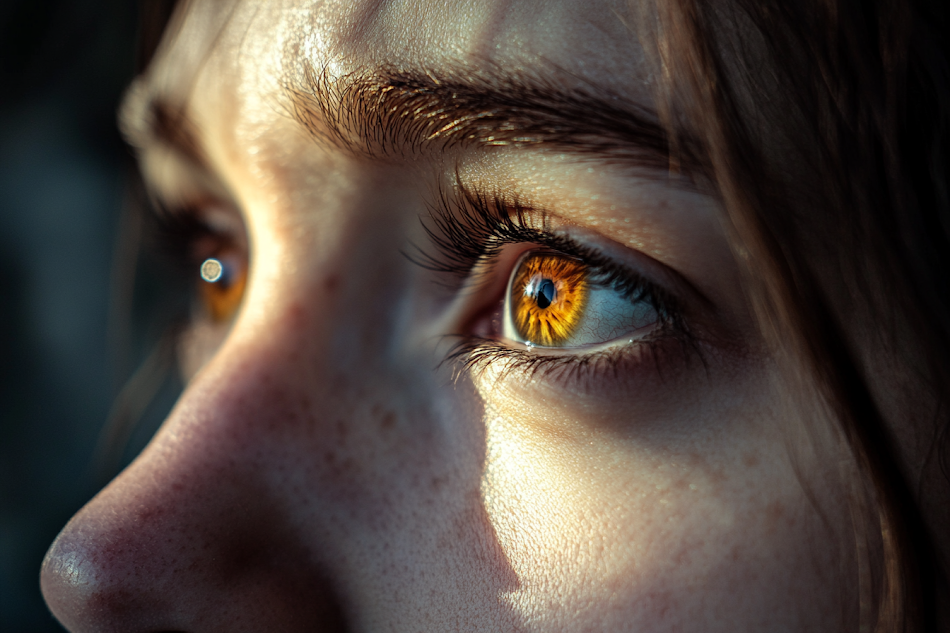
A startled woman’s eyes | Source: Midjourney
“A party,” he repeated, his voice edged with frustration. “There are at least a dozen people out there.”
The pain of labor was nothing compared to the rage that coursed through me. I struggled to my feet, ignoring my midwife’s protests.
Josh supported me as we made our way to the living room. The scene that greeted us was surreal. People were mingling, drinks in hand, as if this were a casual Sunday barbecue.
A banner hanging on the wall read: “WELCOME BABY!”

A banner at a party | Source: Midjourney
Elizabeth stood in the center of it all, holding court with a group of women I’d never seen before. She hadn’t even noticed our arrival.
“What the hell is going on here?” I bellowed.
The room fell silent, all eyes turning to us. Elizabeth spun around, her face paling as she saw me.
“Nancy! Holy Christ! What are you doing here? You’re supposed to—”
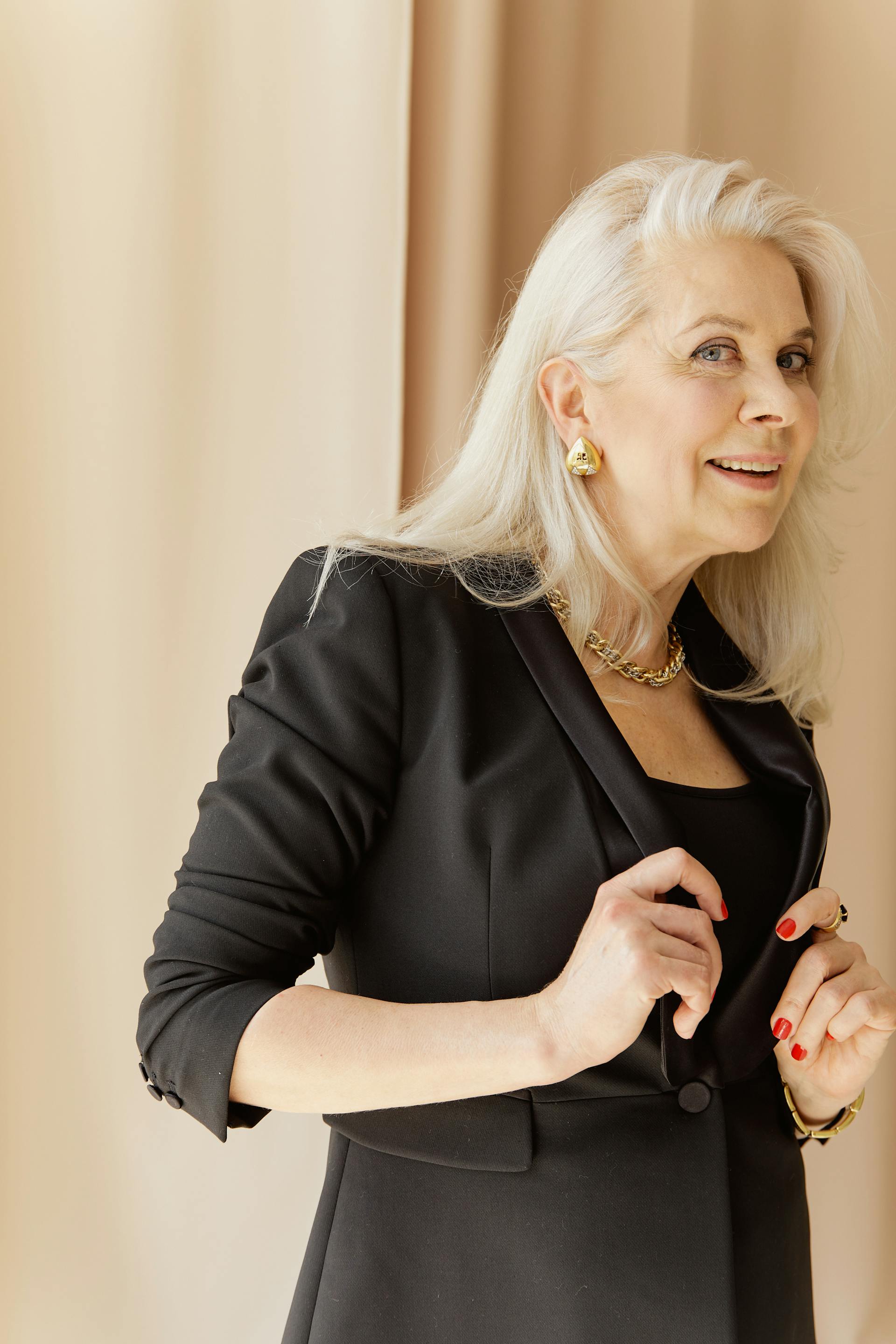
A smiling senior woman in a black suit | Source: Pexels
“Elizabeth, what’s going on over here?”
“Oh, I… we were just…”
“Just what? Turning my home birth into an exhibition?”
Elizabeth had the audacity to look offended. “Now, Nancy, don’t be dramatic. We’re just celebrating!”
“Celebrating? I’m in labor, Elizabeth! This isn’t a social event!”

A shocked woman | Source: Midjourney
She waved a dismissive hand. “Oh, you wouldn’t even know we were here! I thought you’d appreciate the support.”
I felt a contraction building and gritted my teeth against the pain and anger. “Support? This isn’t support. This is a circus!”
Josh stepped forward, his voice low and dangerous. “Everyone needs to leave. Now.”
As people scrambled to gather their things, Elizabeth tried one last time. “Nancy, you’re overreacting.”
I rounded on her, my words clipped and cold. “This is my home birth. My moment. If you can’t respect that, you can leave too.”

A distressed woman holding her face | Source: Midjourney
Without waiting for a response, I turned and waddled back to the bedroom to finish what I started, leaving Josh to deal with the aftermath.
Hours later, I held my newborn son in my arms. Josh sat beside us, his eyes full of wonder as he stroked our baby’s cheek.
We sat in comfortable silence until a soft knock at the door broke the spell.

A newborn baby | Source: Unsplash
Elizabeth peeked in, her eyes red-rimmed. “Can I… can I come in?”
I felt my jaw clench. “No!”
Elizabeth’s face crumpled. “Please, Nancy. I’m so sorry. I just want to see the baby.”
I looked at Josh, conflicted. He squeezed my hand gently, his eyes understanding but pleading.
“Fine. Five minutes.”
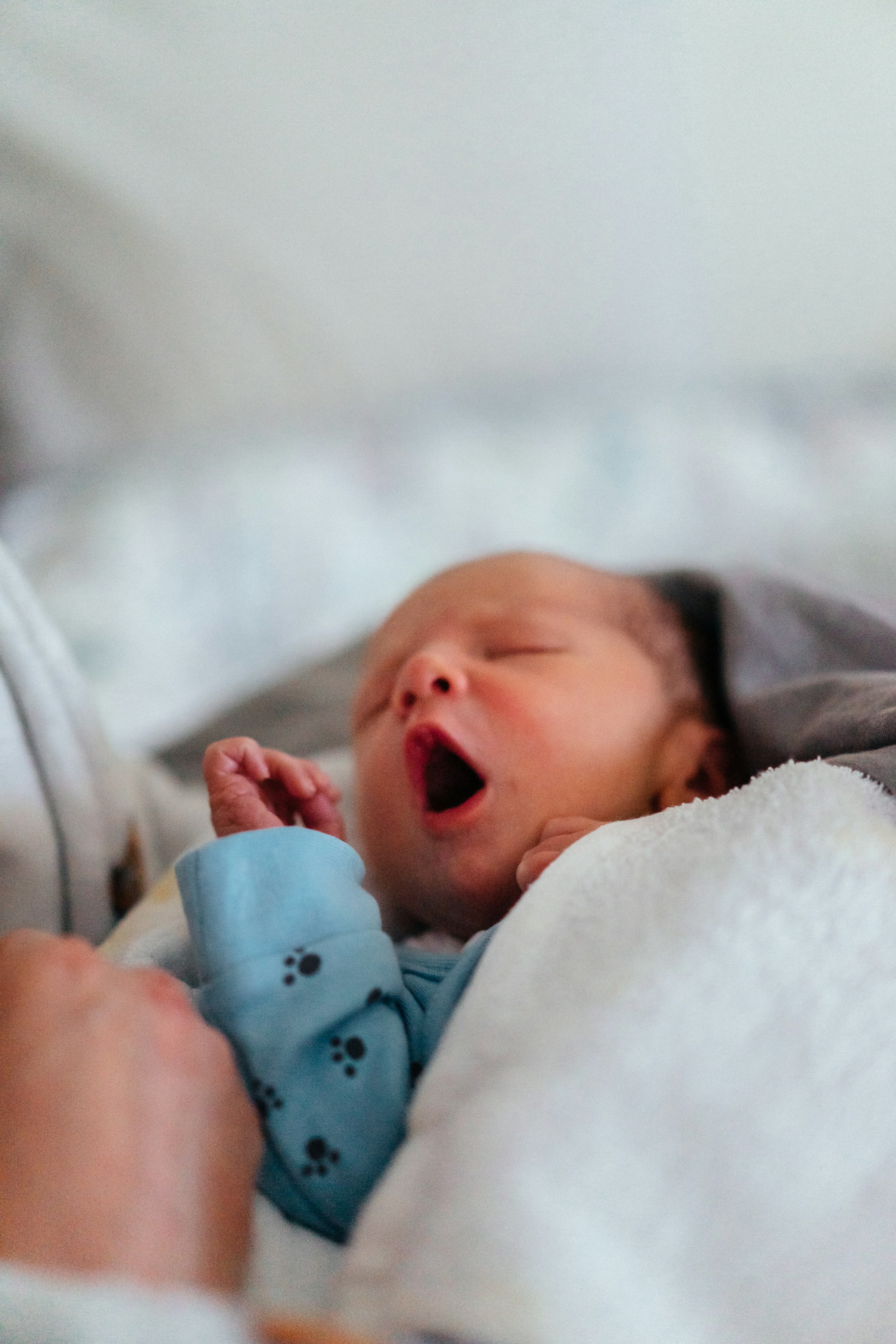
A person holding a newborn baby | Source: Unsplash
Elizabeth entered slowly, as if afraid I might change my mind. “Nancy, I’m so sorry. I don’t know what I was thinking. I just got so excited and carried away.”
I didn’t respond and just stared at her stonily. Josh cleared his throat. “Would you like to see your grandson, Mom?”
Elizabeth nodded, tears spilling down her cheeks as Josh carefully transferred our son into her arms.
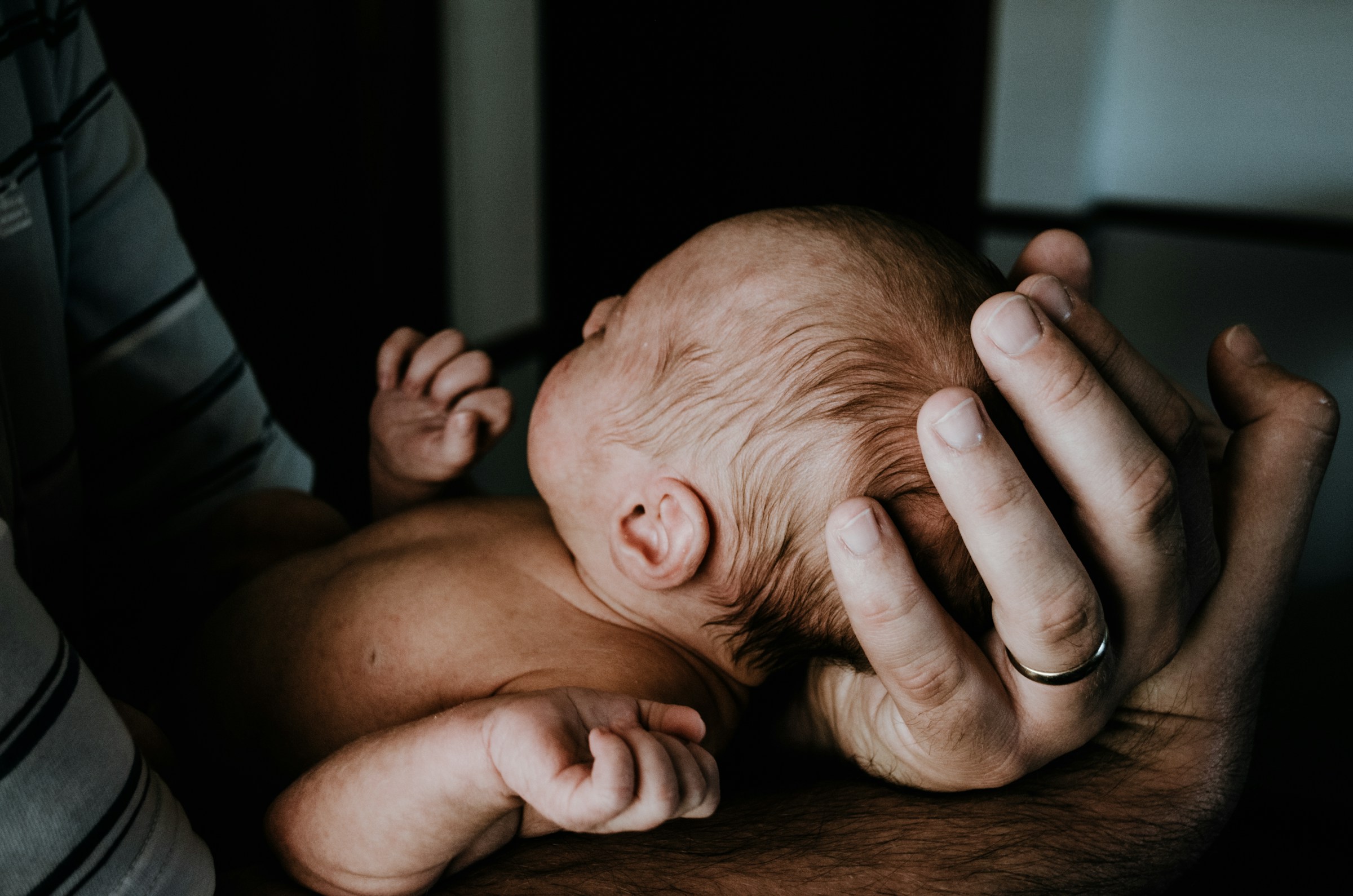
A man holding a newborn baby | Source: Unsplash
After a few minutes, I spoke up. “It’s time for him to feed.”
Elizabeth nodded, reluctantly handing the baby back to me. She lingered for a moment at the door. “Thank you for letting me see him,” she said softly before leaving.
As the door closed behind her, Josh turned to me. “Are you okay?”
I shook my head. “No. What she did… I can’t just forgive and forget, Josh.”
In the weeks that followed, I wrestled with how to move forward. Part of me wanted to exclude Elizabeth from our son’s first celebration as petty revenge for her home birth hijinks.

A party table with flower arrangements | Source: Pexels
But as I watched her dote on our baby during her visits, always respectful of our space and routines, I realized there was a better way.
When it was time to organize the baby’s first party, I picked up the phone and called her.
“Elizabeth? It’s Nancy. I was hoping you could help with the preparations for the baby’s party next weekend.”
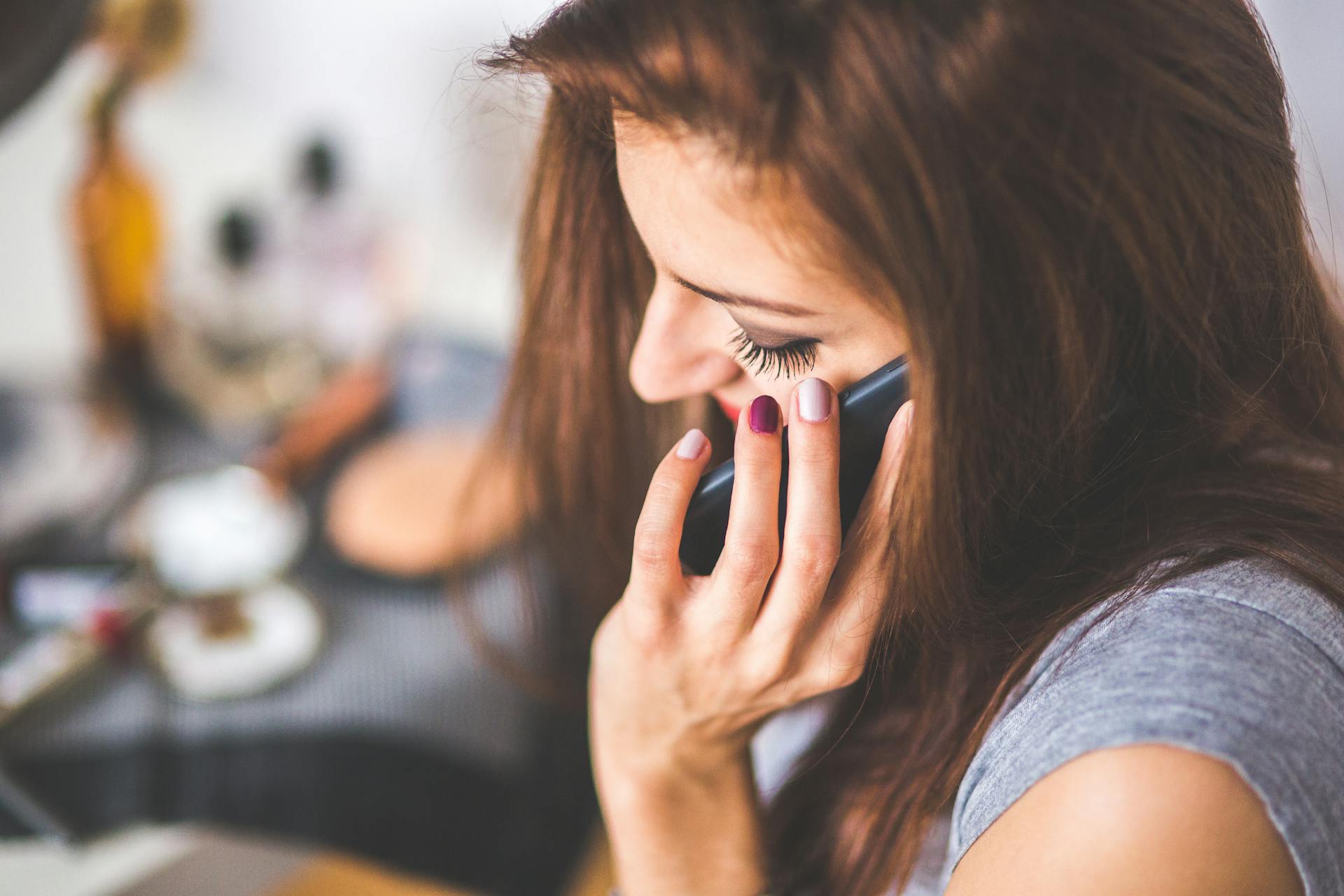
A woman talking on the phone | Source: Pexels
The silence on the other end was deafening. Finally, she spoke. “You want my help? After what I did?”
“Yes. Because this is what family does. We forgive, we learn, and we move forward together.”
I could hear the tears in her voice as she replied, “Oh, Nancy. Thank you. I promise I won’t let you down.”
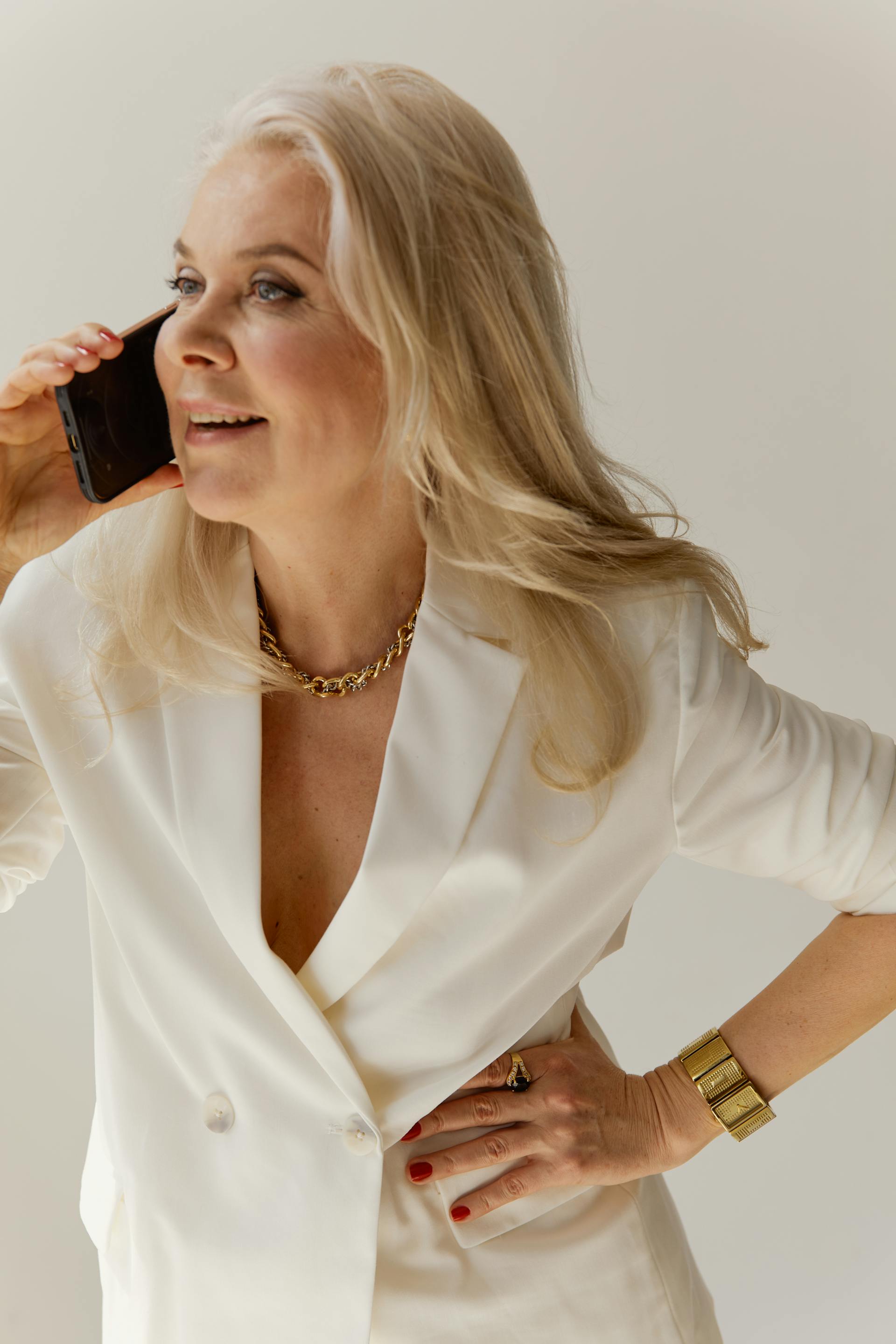
A smiling senior woman talking on the phone | Source: Pexels
True to her word, Elizabeth was a model of restraint and support during the party. She helped quietly in the background, beaming with pride as we introduced our son to our friends and family.
As the last guest left, she approached me, her eyes glistening. “Thank you for letting me be part of this, Nancy. I see now that this is how you celebrate. With love and respect.”
I smiled, feeling the barriers between us crumble. “That’s exactly right, Elizabeth. Welcome to the family!”

A smiling young woman | Source: Midjourney
My MIL Ruined Our Daughter’s Tiny Kitchen ‘For Her Own Good’ – We Taught Her Actions Have Consequences
My husband Simon and I have a five-year-old daughter named Hope, and I’m six months pregnant with a boy. Our lives are busy but filled with joy. As parents, Simon and I believe in giving Hope autonomy, especially when it comes to food.
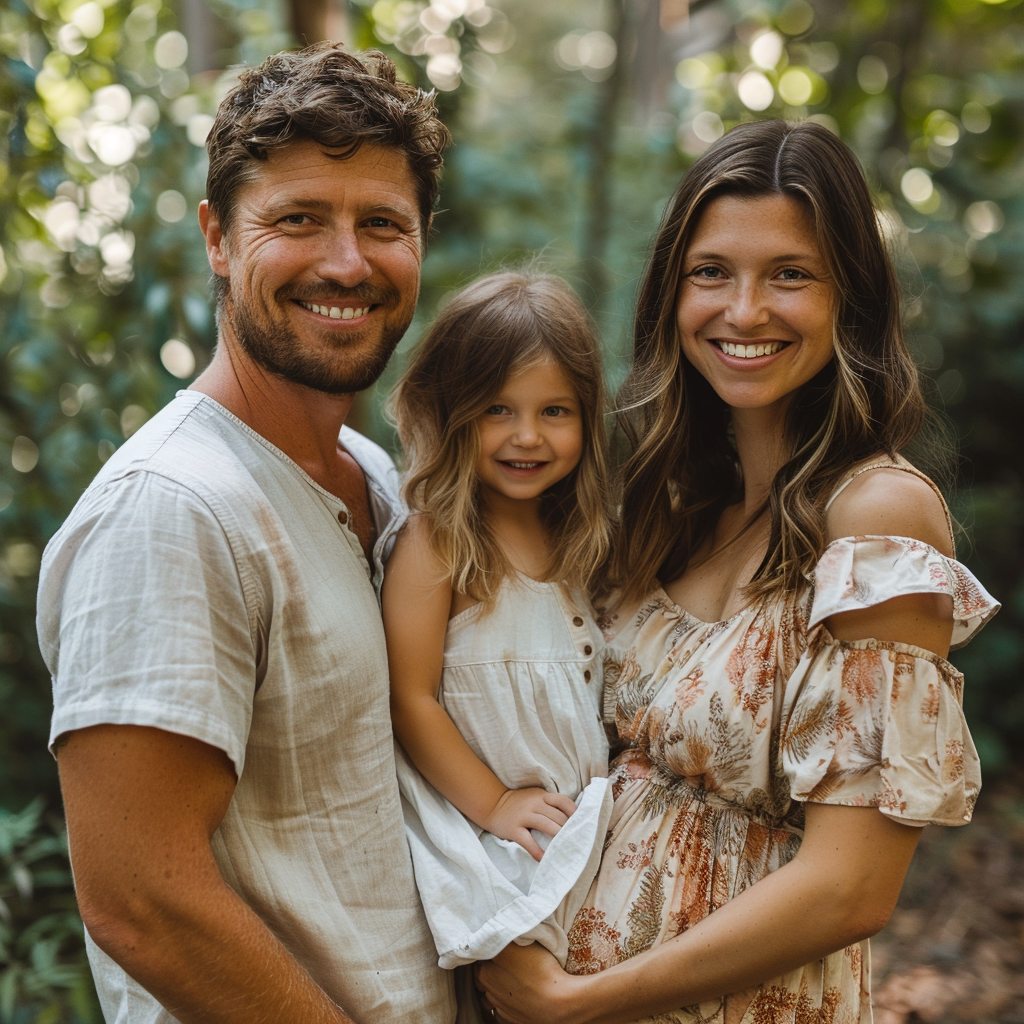
A pregnant couple with their little daughter | Source: Midjourney
We want her to understand her body’s needs and make healthy choices. To support this, we set up a cute little semi-functional kitchen for her.
It had a mini fridge and a sink Simon rigged up with a weak pump. Hope kept her snacks there: everything from bananas to chocolates.
She could grab what she wanted and even “cook” little things like fruit salad or muesli. Dangerous stuff was off-limits, of course, but she loved helping us cook. This setup meant she didn’t go nuts over candy or chips because she could have them whenever she wanted.
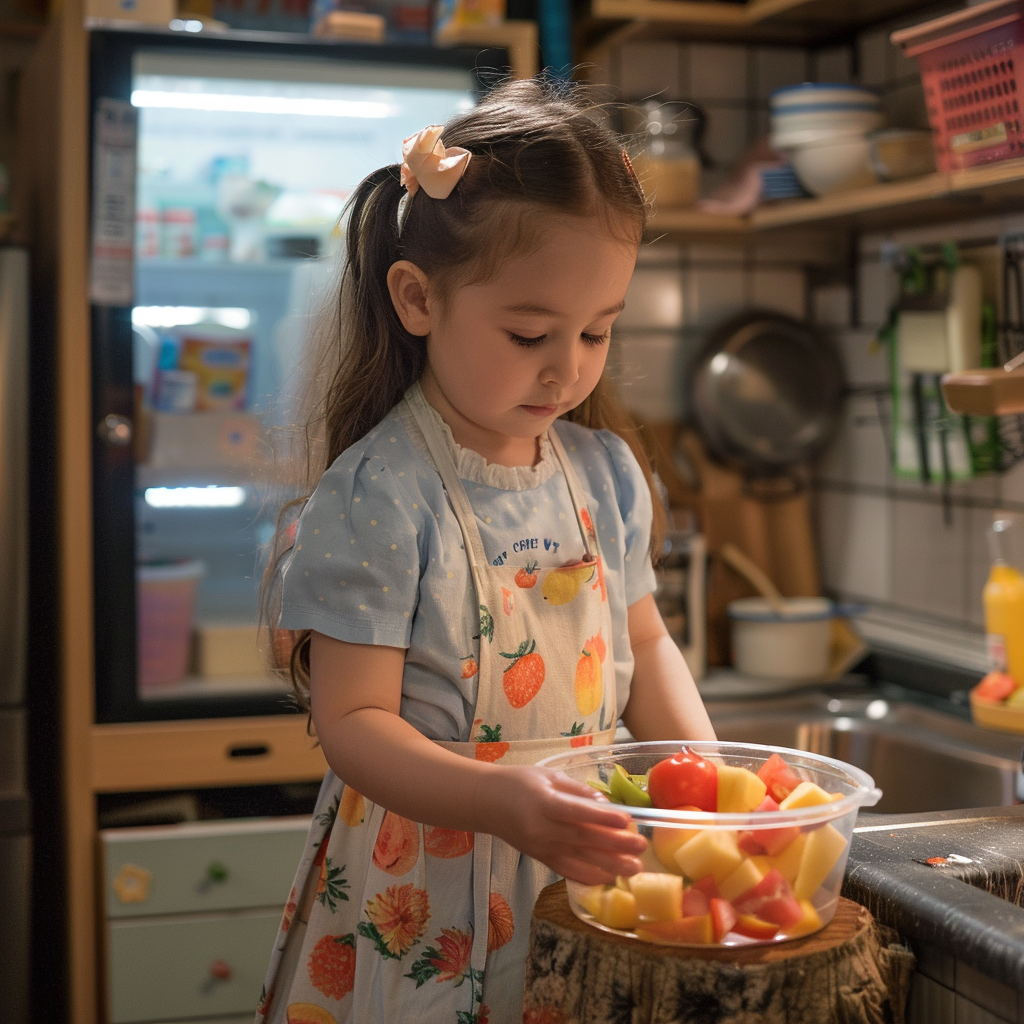
A little girl preparing a salad in her semi-functional mini kitchen setup | Source: Midjourney
Hope adored it.
But not everyone was a fan of our parenting choices. My mother-in-law, Eleanor, was staying with us for a while, and she had very different views. She thought we were going to make Hope obese by allowing her to have snacks whenever she wanted.
“Grace, this is absurd,” Eleanor said one afternoon, watching Hope munch on a muesli bar. “She’s going to spoil her dinner.”

A muesli bar lying on a plate | Source: Midjourney
“Mom, it’s fine. She knows what she needs,” Simon responded gently.
On the first night Eleanor arrived, she took away the muesli bar Hope was eating because dinner was at 6 p.m., and it was around 4 p.m. Hope’s face crumpled, and she looked at me with wide eyes.
“Grandma, please! I’m hungry now,” she pleaded.
“Give it back to her, Mom,” Simon said firmly. Eleanor relented, but her disapproval was clear. I thought that was the end of it, but I was wrong.
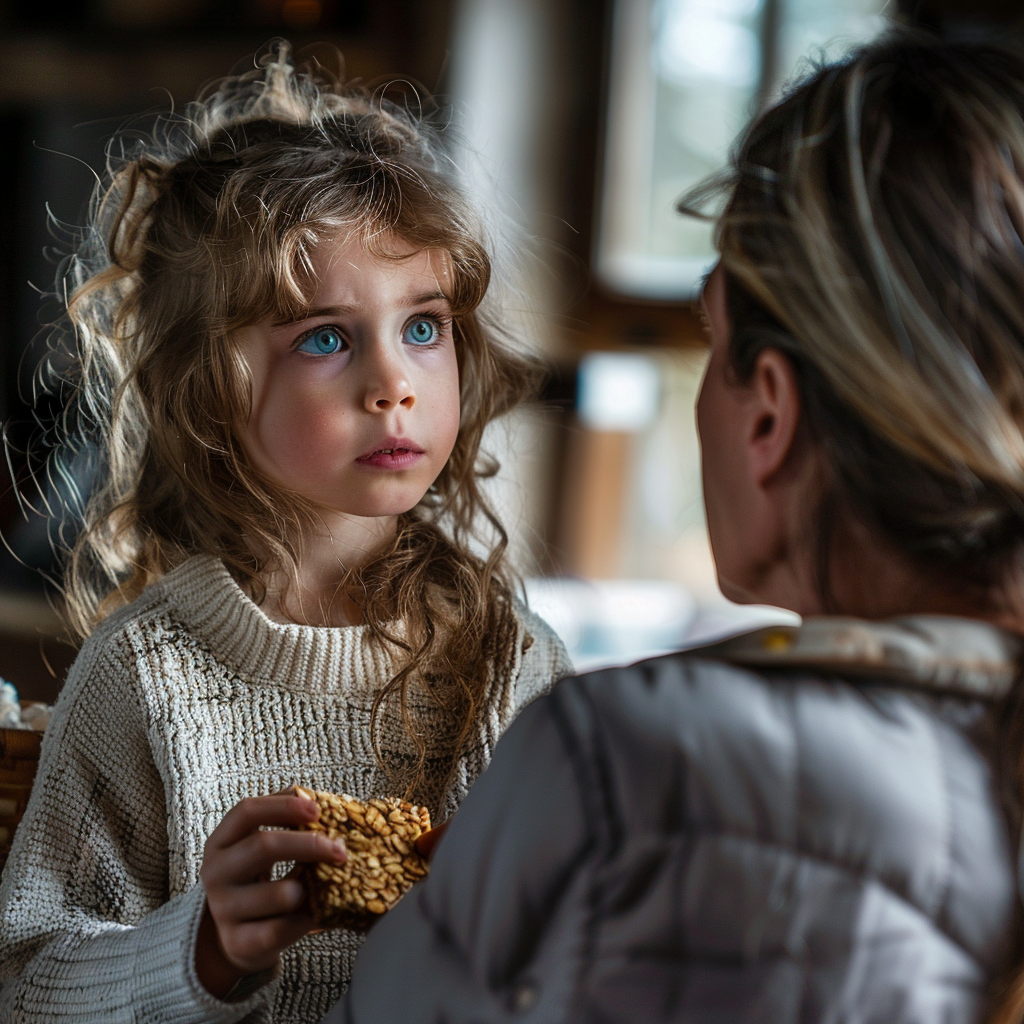
A senior woman taking away a muesli bar from a little girl | Source: Midjourney
Last night, our babysitter got sick, and we asked Eleanor to watch Hope from 6 p.m. to 10 p.m. Hope goes to bed at 7:30 p.m., so it seemed easy enough. Simon and I went out for a rare dinner date.
When we returned home around 10 p.m., the house was in chaos. Hope was awake and crying, her tiny kitchen was completely ruined.
My heart sank as I rushed to comfort her. “Hope, sweetie, what happened?” I asked, hugging her tightly.
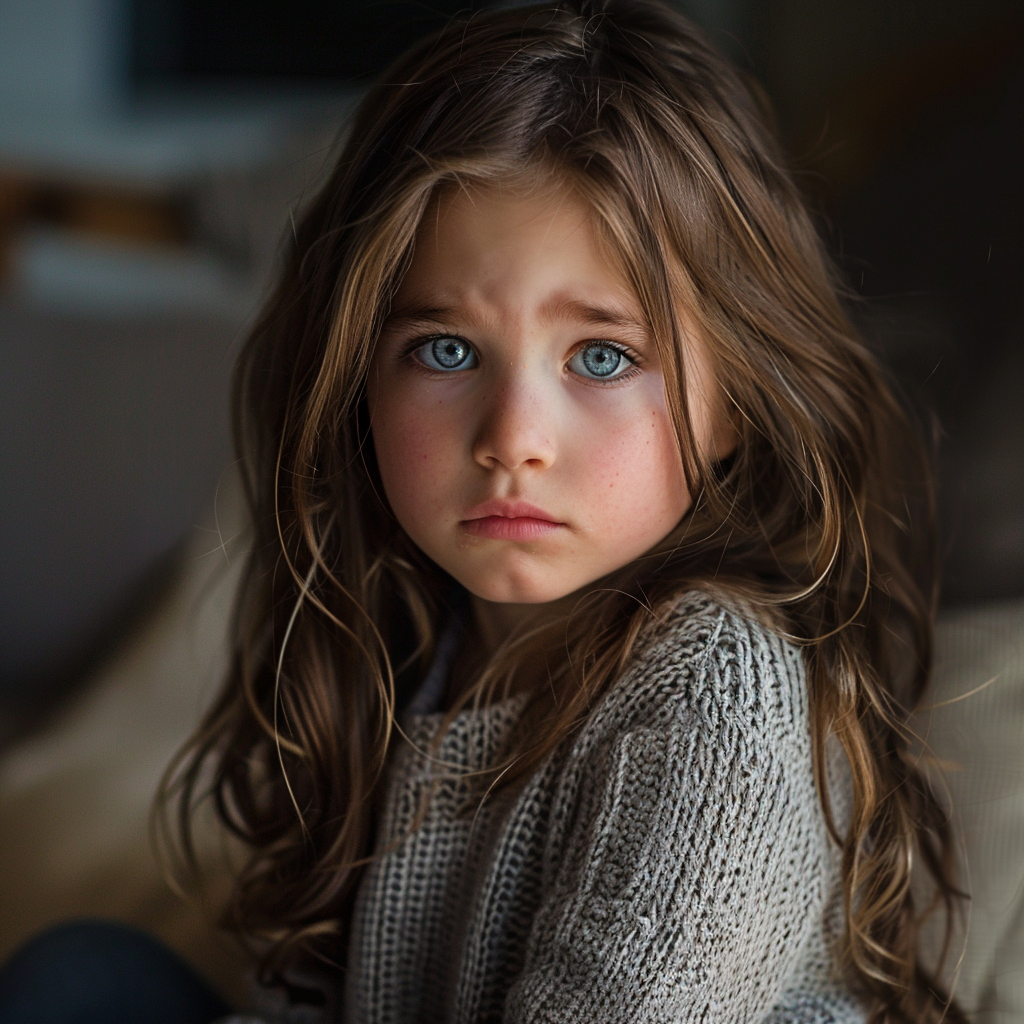
A little girl looking very upset | Source: Midjourney
“Grandma threw away my kitchen,” she sobbed. “She made me eat fish, and I couldn’t. It was so yucky.”
Simon went to talk to Eleanor while I stayed with Hope. When he came back, he looked furious.
“Mom forced Hope to eat fish, even though she gagged. Then she threw out her food when Hope tried to make something else. And when Hope threw up, she sent her to bed without anything,” Simon explained, his voice shaking with anger.
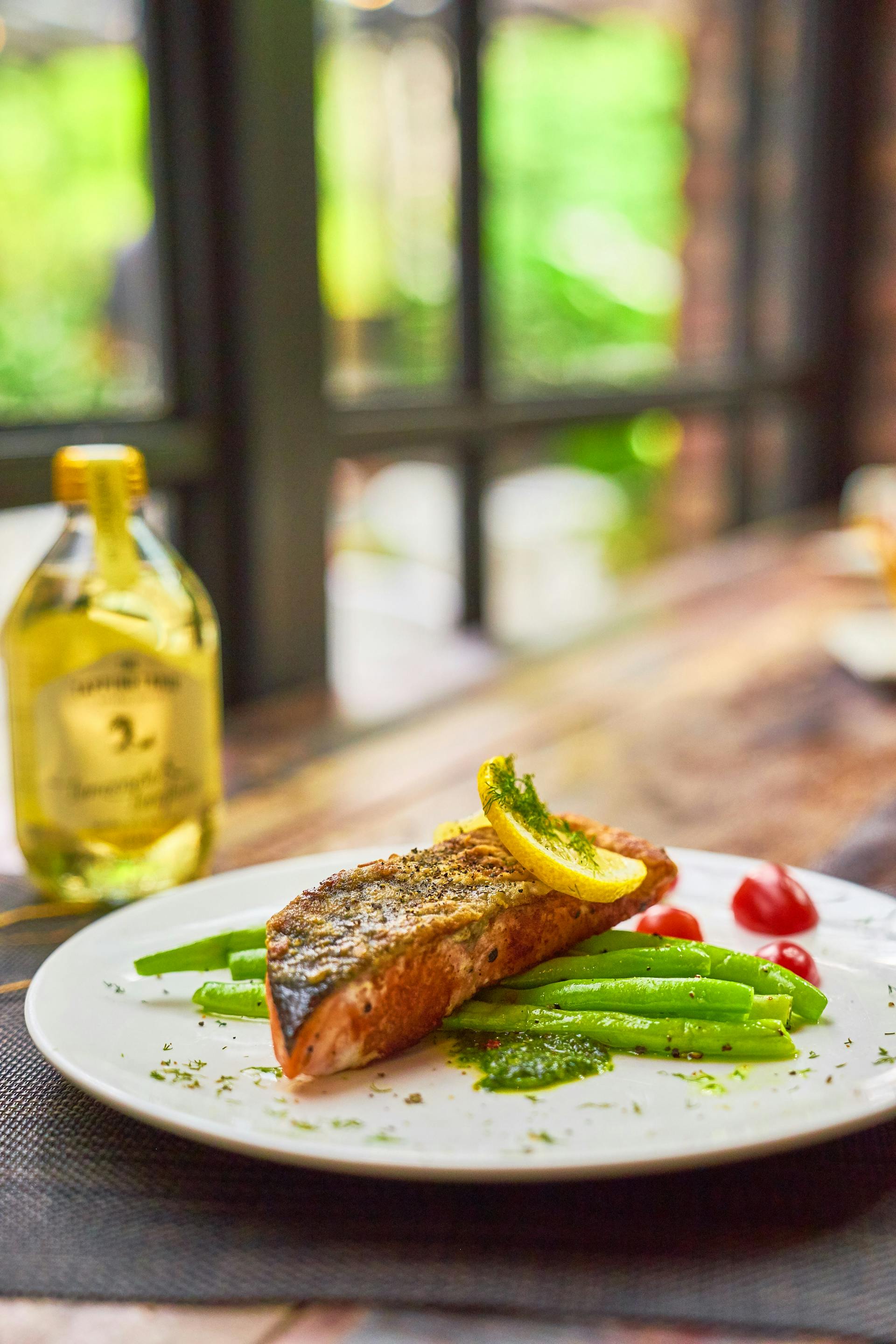
Roasted fish steak with green beans and lemon served on a plate | Source: Pexels
“What?” I gasped. “Eleanor, how could you?”
Eleanor stood in the doorway, arms crossed. “She needs discipline, Grace. She can’t just eat whatever she wants whenever she wants.”
“That’s not your decision to make,” I replied, trying to keep my voice steady. “We’ve talked about this. You overstepped.”
Simon joined me, his expression stern. “Mom, your behavior was unacceptable. If you can’t respect our parenting choices, you won’t be welcome to stay here.”

A man gets angry at his mother who appears shocked by his reaction | Source: Midjourney
“I’m only trying to help,” Eleanor muttered, but she looked away, knowing she had lost this battle.
Simon and I spent the rest of the night cleaning up the mess and reassuring Hope. We were sure we could salvage her kitchen. As I tucked her into bed, she clung to me tightly. “Mommy, don’t let Grandma take my kitchen away again.”
“I promise, sweetie,” I whispered, kissing her forehead. “I won’t let that happen.”
The next morning, I woke up to a disaster. I walked into the living room, expecting to find Hope playing quietly. Instead, I found her sitting on the floor, tears streaming down her face.
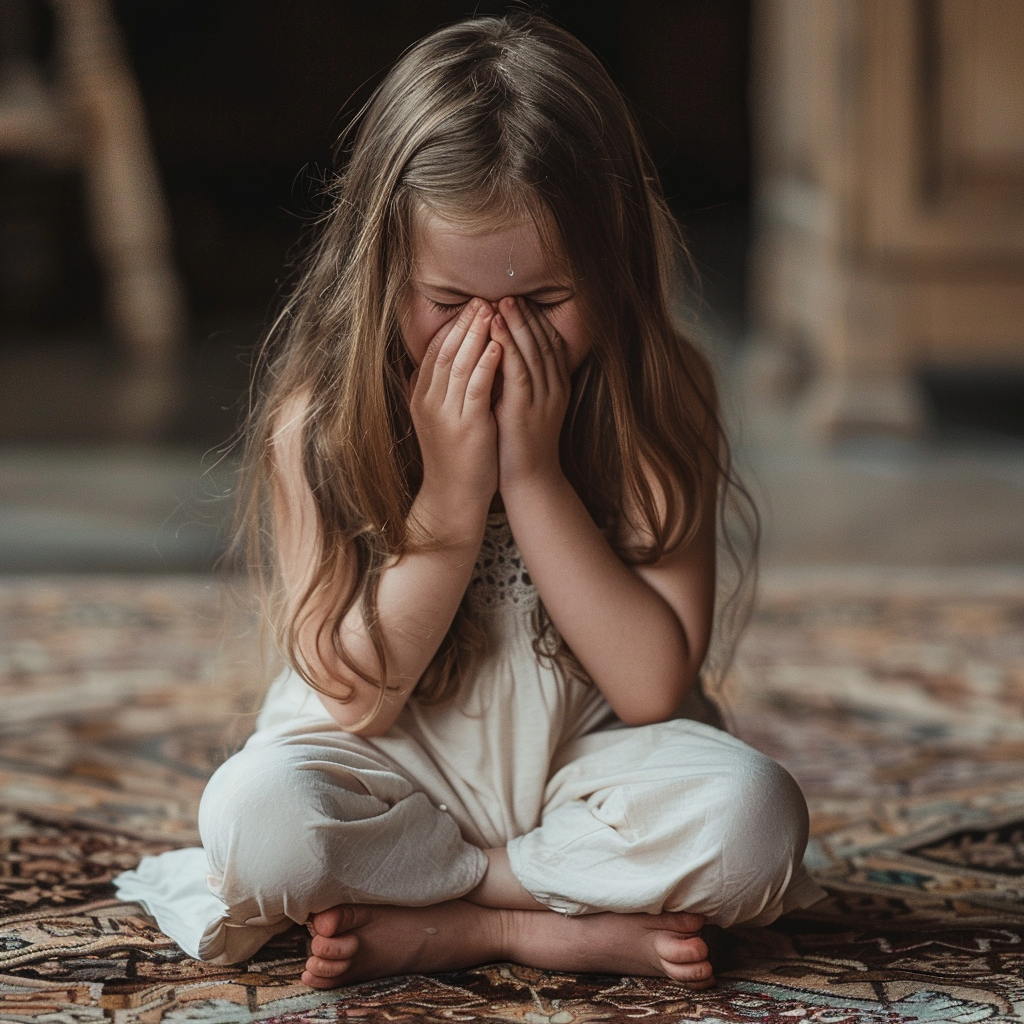
A little girl crying while sitting on the floor | Source: Midjourney
“Mommy, my kitchen! It’s gone!” she cried.
I rushed outside, feeling a knot tighten in my stomach. There it was: Hope’s beloved tiny kitchen set, her mini fridge, and all the little cooking utensils strewn across the yard.
The rain from the night before had soaked everything. The fridge lay on its side, water dripping from its edges. The wooden parts of the kitchen set were swollen and splintered.
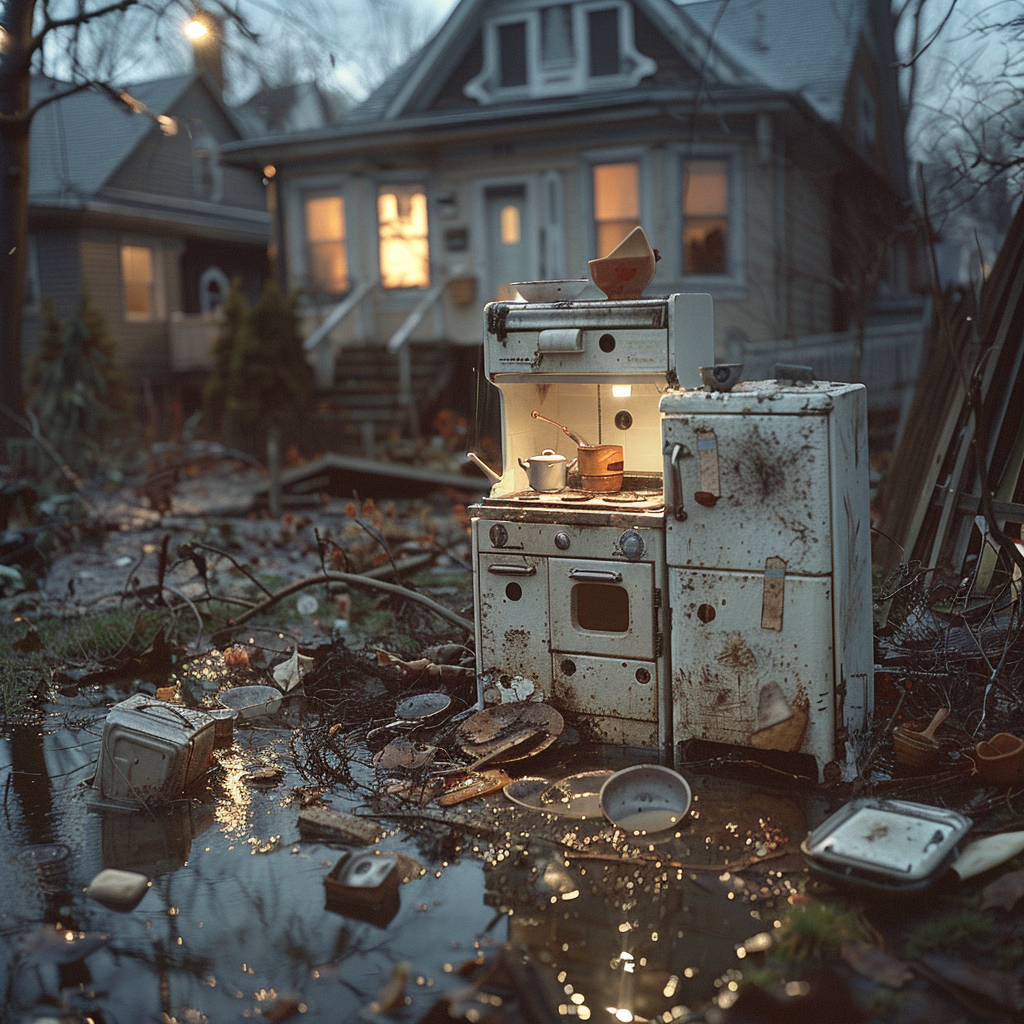
A semi-functional little kitchen setup lies ruined in the front yard after a rainstorm | Source: Midjourney
“Simon!” I yelled, my voice cracking. “Come look at this!”
Simon came running out, his face paling as he took in the scene. “What the hell happened?” he muttered.
Just then, Eleanor stepped out of the house, a cup of coffee in her hand, looking entirely unbothered. “Good morning,” she said, completely ignoring the chaos in the yard.
“Mom, did you do this?” Simon asked. “We were going to salvage what you had ruined last night. Now, it’s impossible.”
Eleanor took a sip of her coffee. “Yes, I did. It was for her own good. She doesn’t need that ridiculous kitchen. She needs to learn to eat real food, not play around with snacks all day.”

A senior woman holding a mug of coffee while standing on the front porch | Source: Midjourney
Simon stepped closer to his mother, his fists clenched. “This isn’t helping. You’ve crossed a line again.”
Eleanor rolled her eyes. “You two are overreacting.”
“It’s not just toys, Mom,” Simon said, his voice rising. “It’s about respecting our choices as parents. You’ve disrespected us and hurt Hope in the process. You need to leave. We can’t have you here if you can’t respect our boundaries.”
Eleanor’s face turned red. “You’re kicking me out? After everything I’ve done for you?”
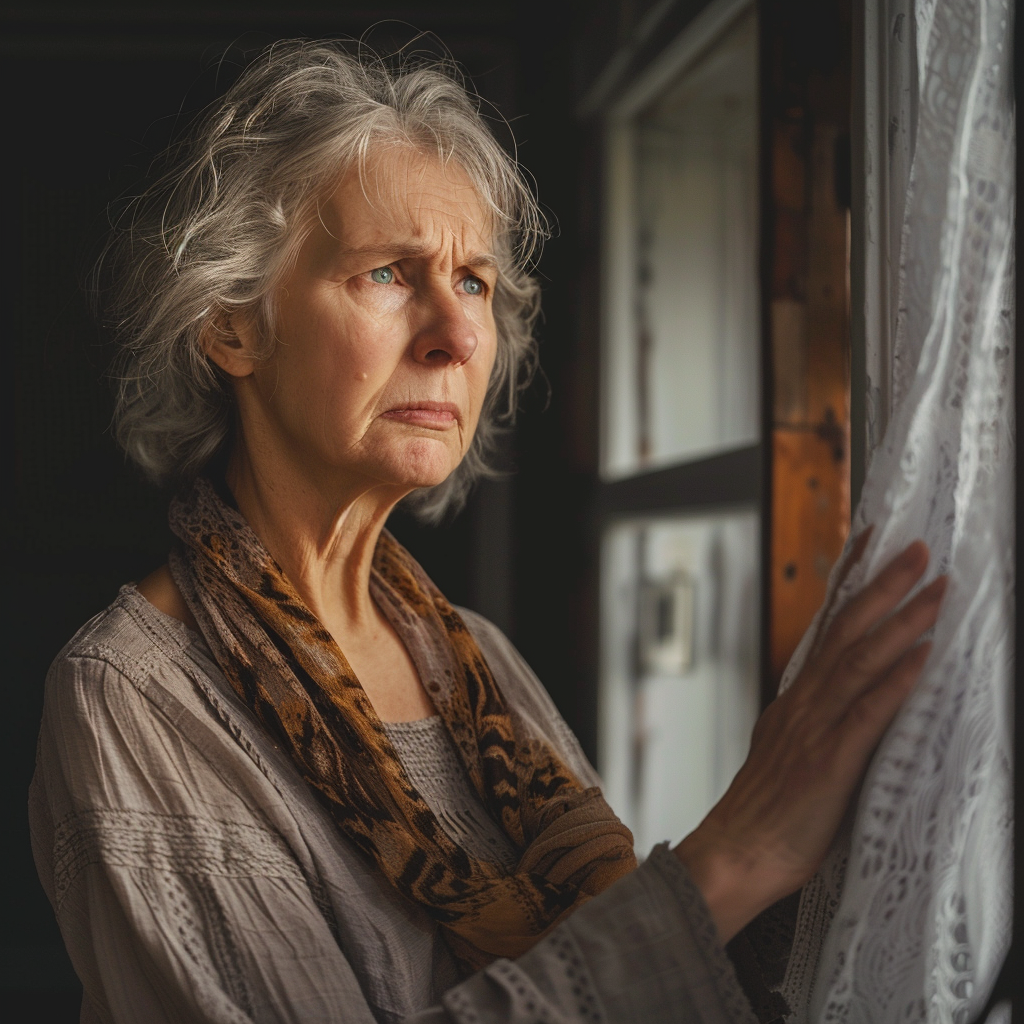
A senior woman looks both angry and sad | Source: Midjourney
We both stared at her, resolute in this choice.
“You’ll regret this. You’re being so disrespectful to me as her grandmother.”
Simon shook his head. “We’re doing what’s best for our daughter. If you can’t see that, then maybe it’s best if you stay somewhere else for a while.”
As Eleanor stormed off to pack her things, Simon and I exchanged a look of exhausted solidarity.

A pregnant couple sitting on a sofa discussing a serious matter | Source: Midjourney
That evening, after Eleanor left, we sat down and listed every item she had damaged. The tiny kitchen set, the mini fridge, all the utensils: it added up to quite a sum.
We typed out an itemized list and attached the receipt, then emailed it to her with a firm message: “Your actions have consequences.”
The next few days were tense. Eleanor called several times, accusing us of being disrespectful. But each time, we stood our ground.
One afternoon, as I was folding laundry, Hope came up to me. “Mommy, will Grandma ever come back?”
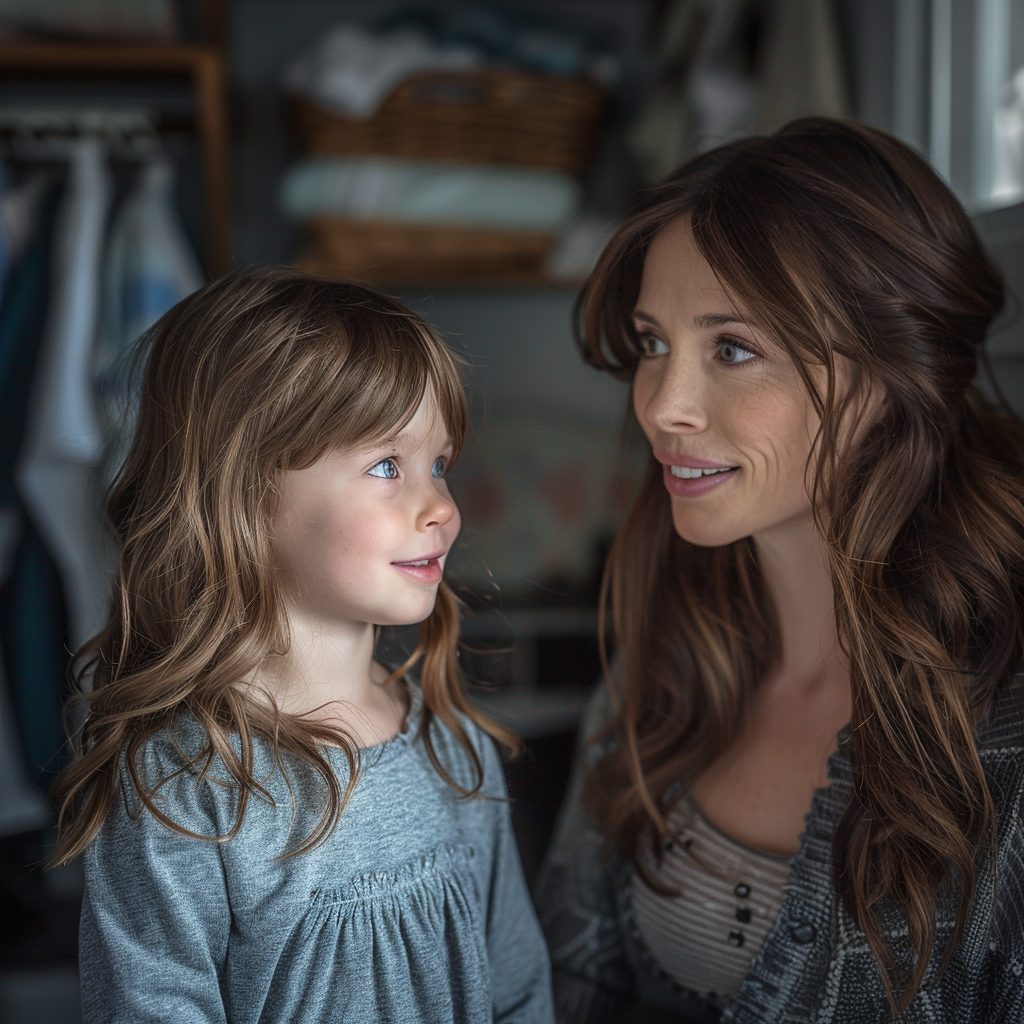
A woman talking to her little girl | Source: Midjourney
I sighed, unsure of how to explain the complexities of adult disagreements to a five-year-old. “I don’t know, sweetie. But we need to make sure that everyone who loves you also respects you.”
Hope nodded thoughtfully. “Can we get a new kitchen?”
“We will, Hope. We’ll find an even better one,” I promised, giving her a reassuring smile.
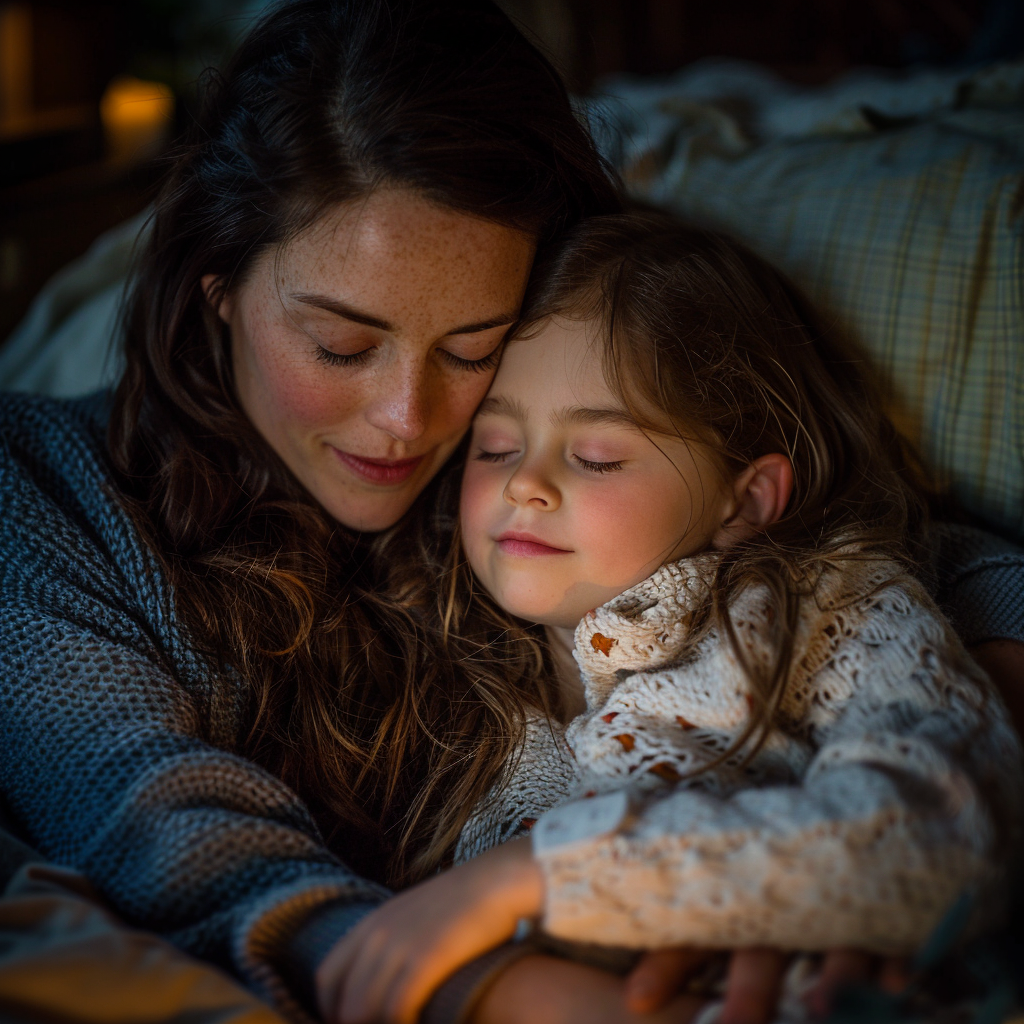
A woman tucking her daughter into bed | Source: Midjourney
Simon walked in, overhearing our conversation. “And this time, we’ll make sure no one can take it away from you,” he added, ruffling her hair.
I was proud of us. We were teaching Hope that her feelings mattered and that we would always stand up for her.
We were a team, and no matter what challenges came our way, we would face them together. For our family.

A pregnant couple cuddling in bed | Source: Midjourney
This work is inspired by real events and people, but it has been fictionalized for creative purposes. Names, characters, and details have been changed to protect privacy and enhance the narrative. Any resemblance to actual persons, living or dead, or actual events is purely coincidental and not intended by the author.
The author and publisher make no claims to the accuracy of events or the portrayal of characters and are not liable for any misinterpretation. This story is provided “as is,” and any opinions expressed are those of the characters and do not reflect the views of the author or publisher.


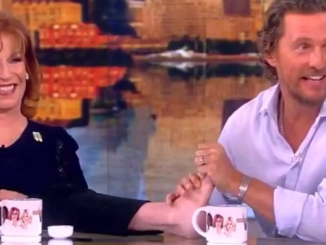
Leave a Reply